2017年7月アーカイブ
2017年7月31日
2017年7月25日
Cast and Program Changes: Ballet Supreme in July 2017
We have received the news that François Alu will be unable to participate in the performances of Ballet Supreme in July 2017 due to an injury. Aurélie Dupont, the supervisor of the team of the Paris Opera Ballet, has made changes to the casting and program as below.
Your kind understanding is highly appreciated.
Program A
Act III pas de trois from Swan Lake, Léonore Baulac, Germain Louvet, François Alu
→ Act III pas de deux from Swan Lake Léonore Baulac, Germain Louvet
Additional production
Manfred, Mathias Heymann
*Casting and program as of 25 July 2017
2017年7月14日
【English National Ballet】Cesar Corrales was appointed Principal in Tokyo on 14 July 2017
Cesar Corrales was appointed Principal at English National Ballet by Artistic Director Tamara Rojo on the stage of Tokyo Bunka Kaikan following his brilliant appearance as Ali in Le Corsaire, on Friday 14 July 2017.
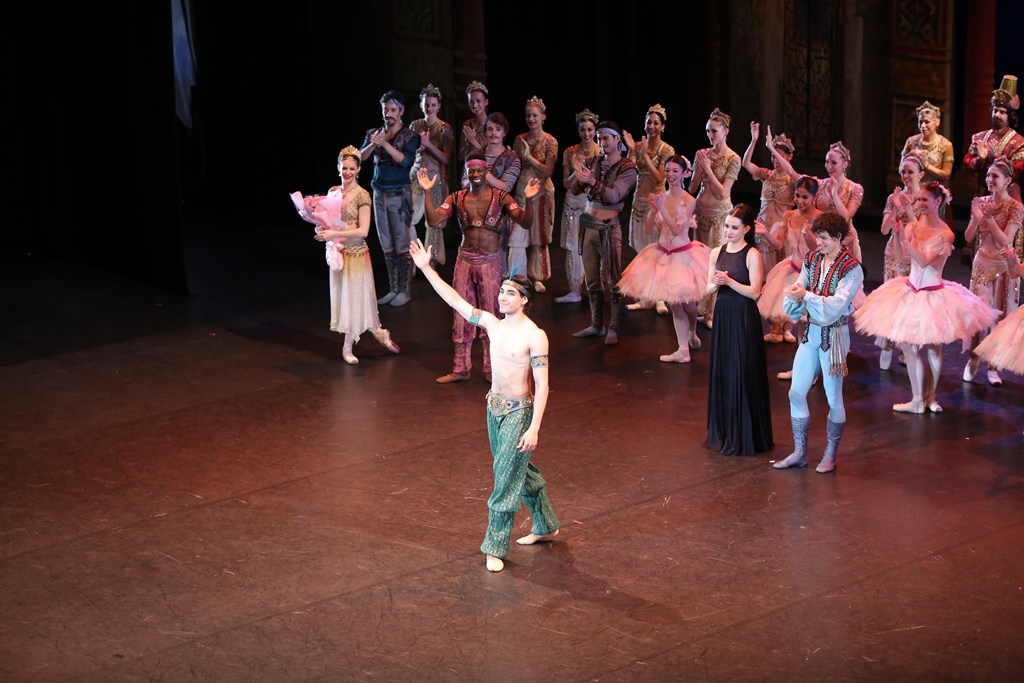
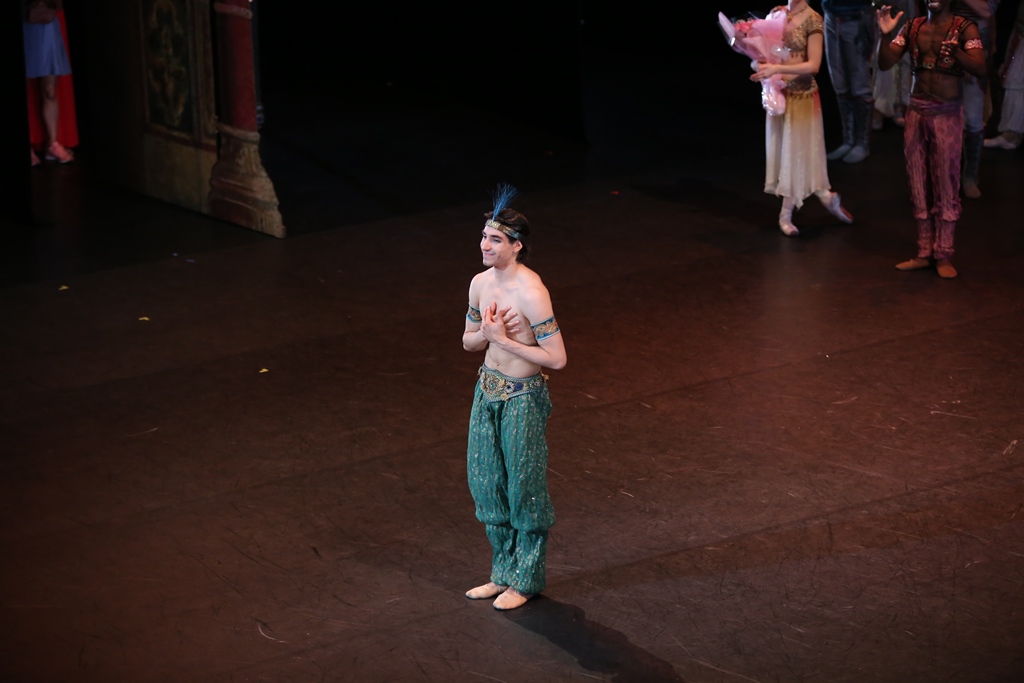
photo:Kiyonori Hasegawa
2017年7月 6日
Introduction
Legacy of Maurice Béjart returns to Japan
2017 marks the 30th anniversary of the creation of the Béjart Ballet Lausanne (BBL) and the 10th year of Maurice Béjart's demise and Gil Roman's artistic direction. Chosen as his successor by Maurice Béjart, Gil Roman is leading the Company and preserving its artistic excellence, since the disappearance of the Master in 2007. It is our great pleasure to invite the company for the first time in three years to present the first series of anniversary performances. It will be the Company's 17th tour in Japan.
For Program A, the Company will bring The Magic Flute (La Flute enchantee), in which a masterpiece of Wolfgang Amadeus Mozart is fully expressed by the spectacular dance set to the sublime score. Program B will be consisted of Bolero, one of the Bejart's representative works, Piaf, an homage to Edit Piaf, and two of Gil Roman's works, Anima Blues and Kyôdaï.
Enjoy the revolutionary spirit of Béjart who had transformed classical ballet to a modern art of the 20th century through the performances by the artists of BBL who inherit it and keep evolving.
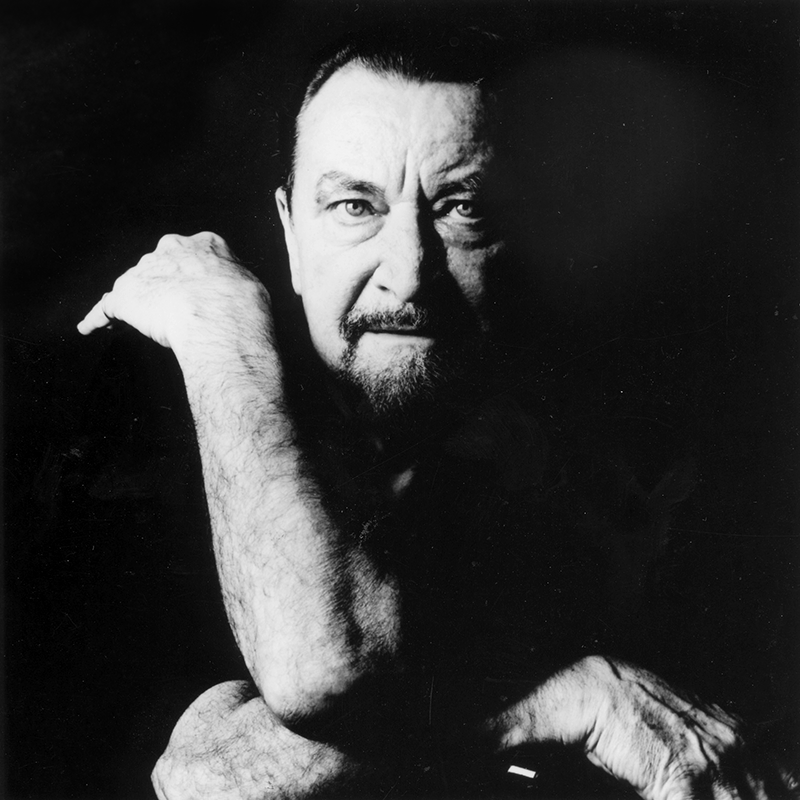
Photo:Yoshihiro Kawaguchi
Maurice Béjart
(1927-2007)
Maurice Béjart is born in Marseille on January 2, 1927, the son of philosopher. He begins his career as dancer in Vichy in 1946, continues with Janine Charrat, Roland Petit and especially in London as part of the International Ballet. His career as choreographer starts in 1955 as he creates his own company in Paris. After his triumphant success of The Rite of Spring, In 1960, Béjart launches, in Brussels, Le Ballet du XXe Siècle. In 1987, it became the Béjart Ballet Lausanne. His works extend beyond 300.
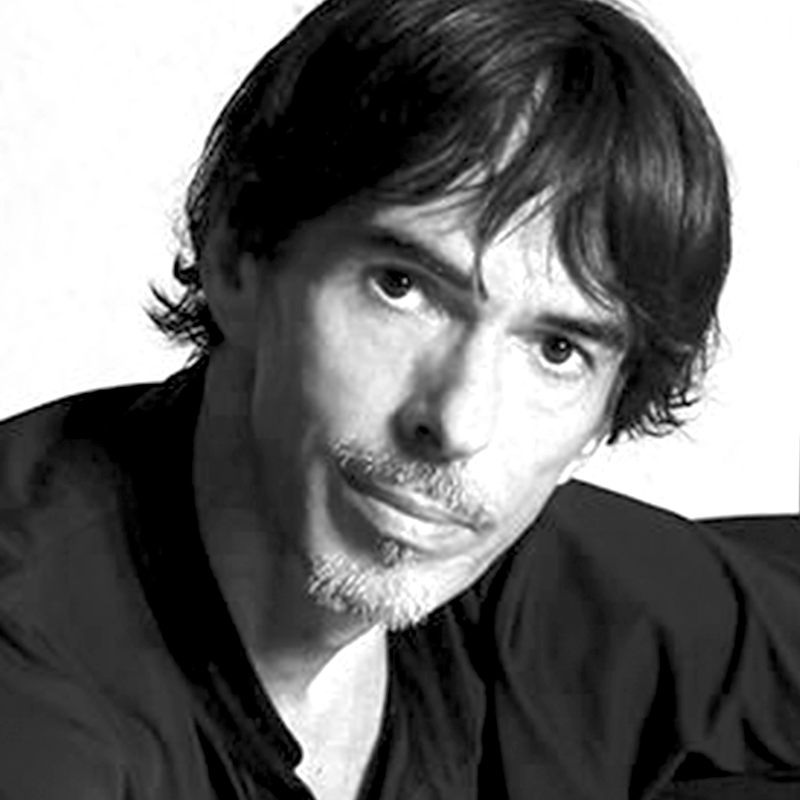
Photo:Amelie Blanc
Gil Roman, Artistic Director
After intensive training with Marika Besobrasova, Rosella Hightower and José Ferran, Gil Roman Joined Maurice Béjart at Le Ballet du XXe Siècles in 1979. He has performed in Béjart's most renowned ballets during more than thirty years. Appointed by Maurice Béjart as his successor and Artistic Director in 2007, he creates new choreographies and preserves Bejart's legacy.
2017年7月 5日
Program A
A Brilliant Ballet Set to Mozart's Operatic Masterpiece!
The Magic Flute
| Choreography: Maurice Béjart |
| Music: Wolfgang Amadeus Mozart |
| Libretto: Emanuel Schikaneder |
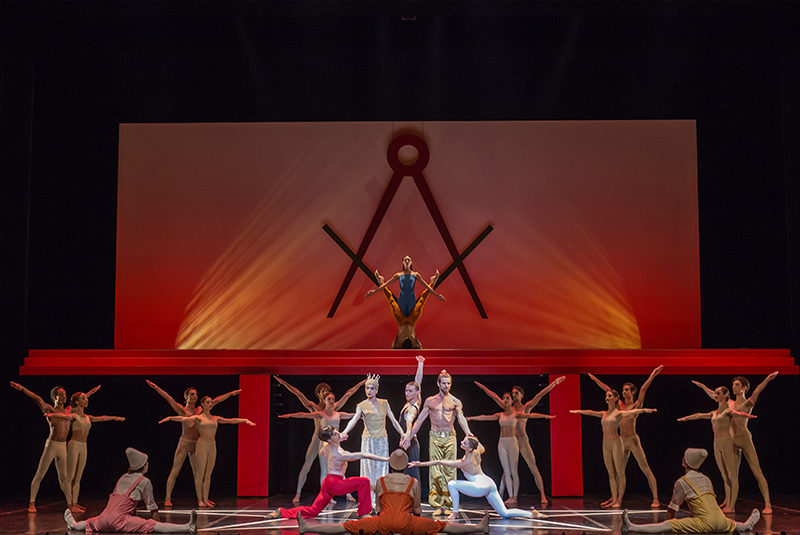
Photo:Laurent Liotardo
The Magic Flute has a Double aspect: first of all the fairylike, which carries us away to the pure poetry of childhood or genius; secondly and above all it is a rigorous and inspired ritual. This combination may at first seem a little strange, but when it is seen that it functions perfectly, altering scenes, magical to comical with a profound philosophic message renders us more susceptible to grasp the symbolism, not alone with our minds, but with our entire being.
THE DANCE is above all a ritual; dance and rite have always been inseparable in all traditional civilizations, the priest danced, the sorcerers, the shamans danced, the pharaoh as well as King David and prophet danced before the images of their divinities. Through gesture (MUDRA) the ritual takes effect.
On the other hand, THE BALLET as has been known by our occidental civilization since its birth at the end of the 16th century integrates easily with the fairylike, allegorical and fantastical story. Many ballets draw their titles from fairy tales.
For this reason, it seems evident to me that the dancers could interpret Mozart's subtle thought, and that a choreographic score carefully interlaced between the music would be more efficacious in presenting the fairylike and ritualistic aspects of this piece.
It may seem a strange undertaking to have the entire opera choreographed, but on one hand (and I have often experimented) the human voice is the best support for the dance, and on the other hand the choreographic movement transcends the realism and prolongs the subtle thought of the musical phrase.
In staging The Magic Flute, there has been no attempt to superimpose anything to this work of perfection, neither the slightest personal intention nor added message, but rather to listen scrupulously and lovingly to the score, to read the libretto and interpret.
I am often asked what the theme of the Flute is. I will finish by quoting Jaques Challey who analyzed the theme in his magistral publication on Mozart's opera; "The basic theme, which we are now beginning to understand, is the conflict between the two sexes, a conflict which resolves itself in the mystery of the couple. Man and women must first find themselves, then, having found themselves transcend their original condition by undergoing a series of ordeals which renders them worthy of their new state."
Maurice Béjart
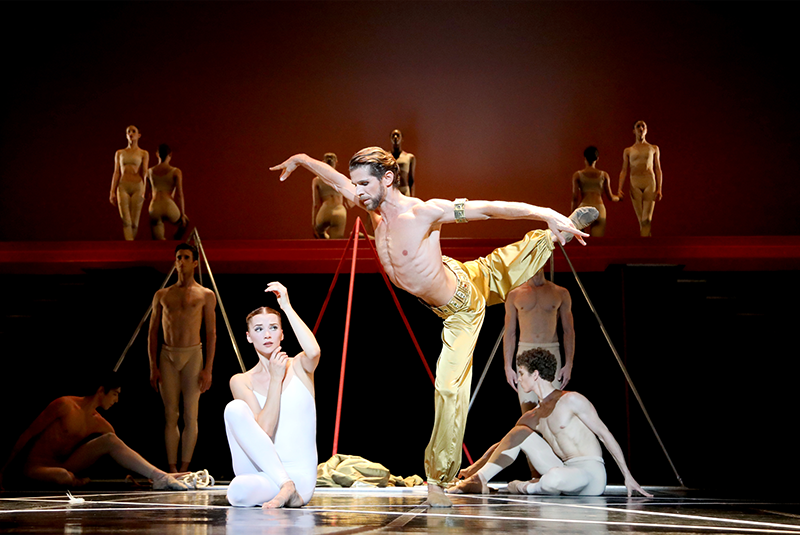
Photo: Francette Levieux

Photo: Anne Bichsel

Photo: Anne Bichsel
2017年7月 4日
Program B
Masterpieces by Maurice Béjart and Gil Roman
This is the Ultimate Béjart!
Boléro
| Choreography: Maurice Béjart |
| Music: Maurice Ravel |
The lone "Melody" dances on the round red stage. The troop of "Rhythm" is drawn by the Melody's charisma. The brilliant choreography set to the meticulously constructed music of Ravel slowly builds up along a stretched crescendo to an inevitable climax until one cannot help having a shock and catharsis. Boléro is absolutely one of Béjart's masterpieces. In Japan, star dancers including Jorge Donn and Sylvie Guillem have danced it. This time, enjoy the legitimate performances by the Béjart Ballet Lausanne!
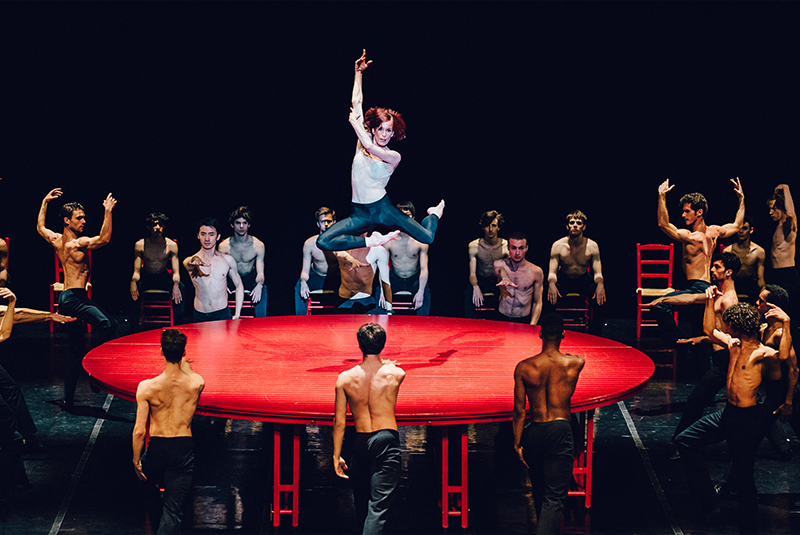
Photo: Marc Ducrest
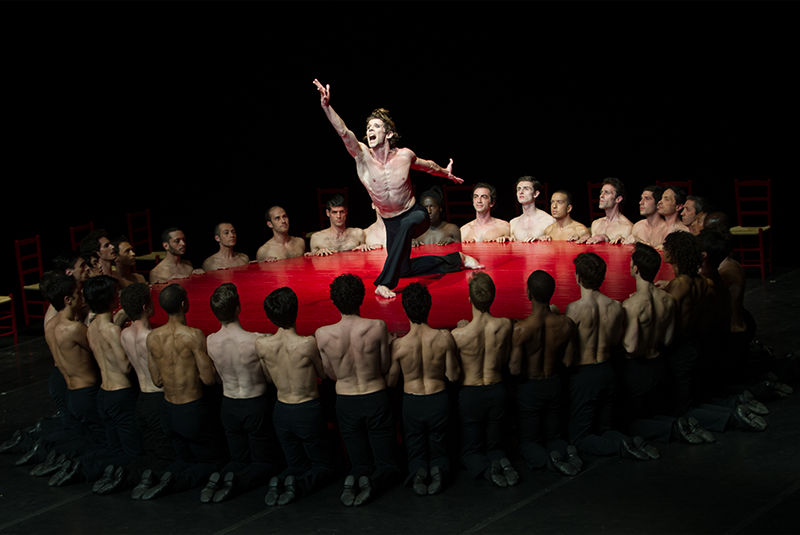
Photo: LaureN Pasche
A Tribute to Édith Piaf
Piaf
| Choreography: Maurice Béjart |
| Music: Édith Piaf |
| Costumes design: Walid Aouni |
| Costumes production: Henri Davila |
| Light design: Jean-Pierre Potvliege |
| Lighting: Dominique Roman |
| Premiere: Bunka Kaikan, Tokyo, 2nd of November 1988 |
Piaf, it's primarily a voice, stupendous, omnipresent, immortal, that goes beyond time and boundaries. Which female dancer, which actress can embody Piaf?
She is without substance; she is only love, an adored presence and agonizing to the other. Crossing the mirrors of loneliness, she jumps into the other's arms, each time another, the same, always. Men- she discovered them, loved them, gave birth to them, sublimated them. Men are her strength, her joy, her eternity, created by her, they lived thanks to her, became all, eternally, Piaf.
Maurice Béjart
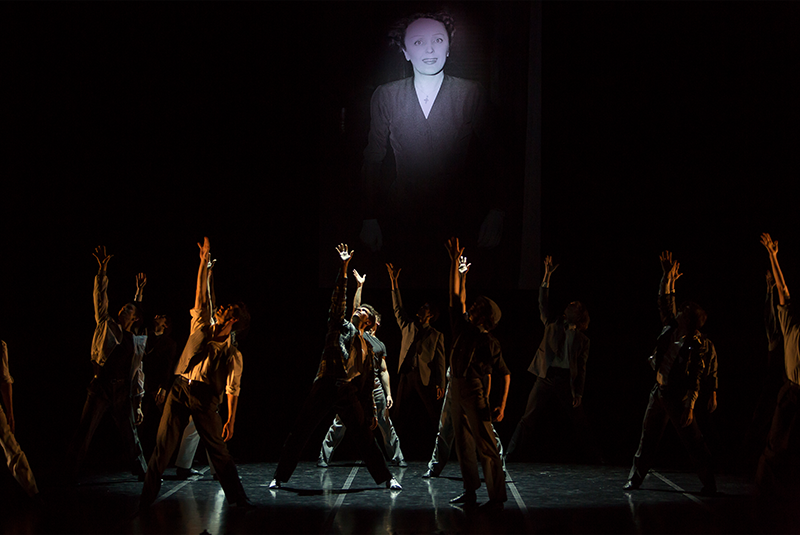
Photo: GregoryBatardon
And He Dances with Anima
Anima blues
| Choreography: Gil Roman |
| Music: Citypercussion - Thierry Hochstätter & jB Meier |
I imagined this ballet as a long blues ballad inspired by the work of the Swiss psychiatrist and essayist, Carl Gustav Jung: "Each man has a woman within him, and this feminine element is what I call the Anima".
One of my dancers, Kateryna Shalkina, gave me the inspiration of Audrey Hepburn's silhouette, and her voice, woven to Thierry Hochstätter's and jB Meier's original score, guided me throughout this project.
Gil Roman
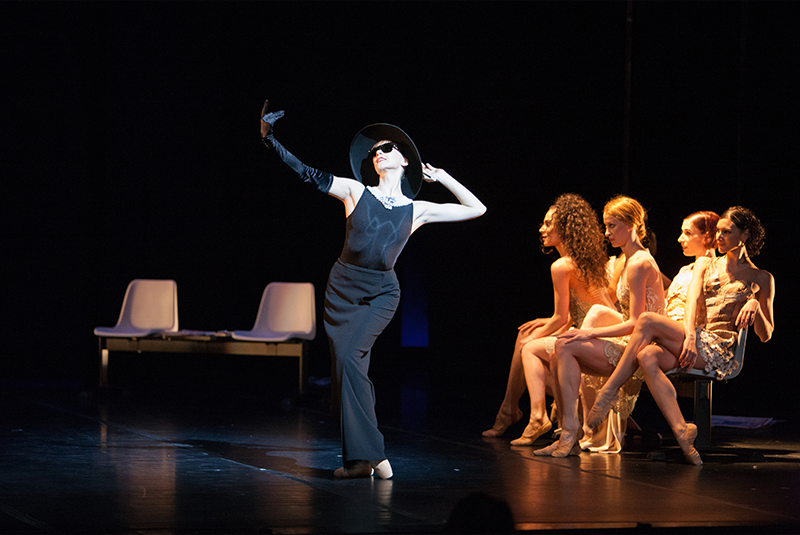
Photo: Ilia Chkolnik
Misora Hibari's LaVie en rose swings
Kyôdaï
| Choreography: Gil Roman |
| Music: Maurice Ravel, Erik Satie, Yoshida Brothers, Misora Hibari, Citypercussion - Thierry Hochstätter & jB Meier |
| Costumes: Henri Davila |
| Light: Dominique Roman |
Kyôdaï has been inspired by a short story of Jorge Luis Borges: L'intruse (The intruder). How this story evolved in a Japanese ambiance, I could not tell. My numerous tours in Japan, my readings and above all my dancers have nourished this piece. What is certain is that the violent story of this loving trio has always questioned me.
Gil Roman
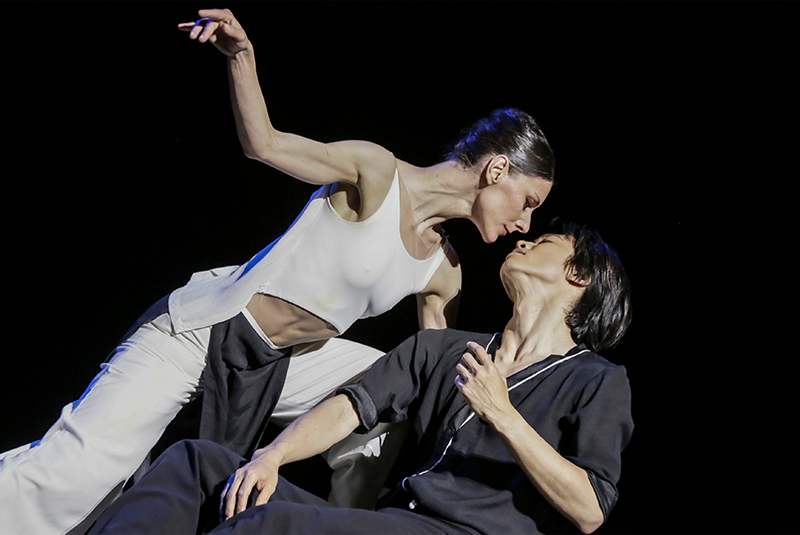
Photo: Francette Levieux
2017年7月 3日
The Company

Photo:Amelie Blanc
Gil Roman, Artistic Director
After intensive training with Marika Besobrasova, Rosella Hightower and José Ferran, Gil Roman Joined Maurice Béjart at Le Ballet du XXe Siècles in 1979. He has performed in Béjart's most renowned ballets during more than thirty years. Appointed by Maurice Béjart as his successor and Artistic Director in 2007, he creates new choreographies and preserves Bejart's legacy.
Dancers
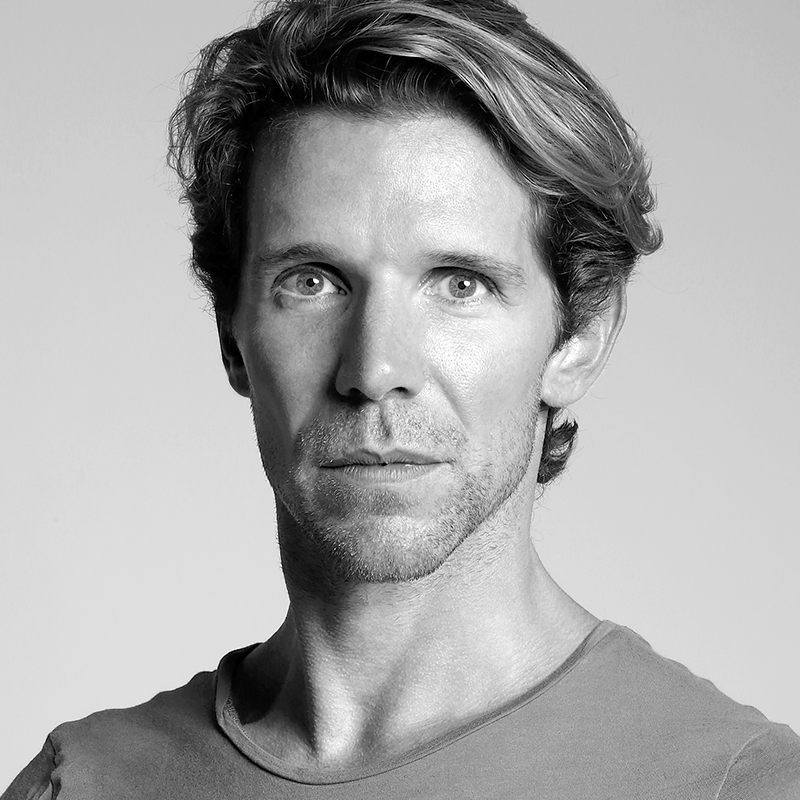
Julien Favreau
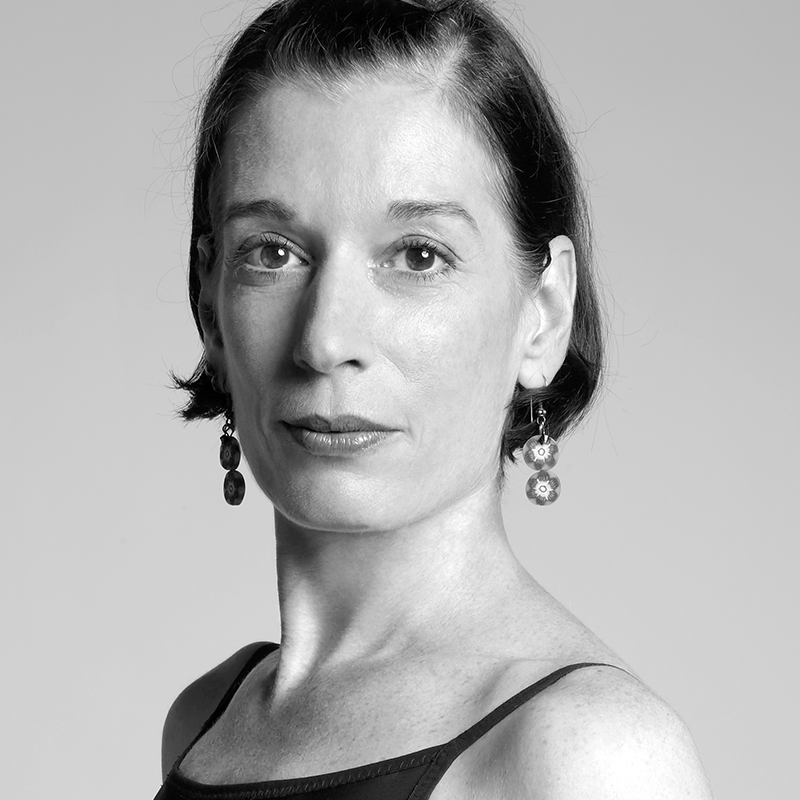
Elisabet Ros
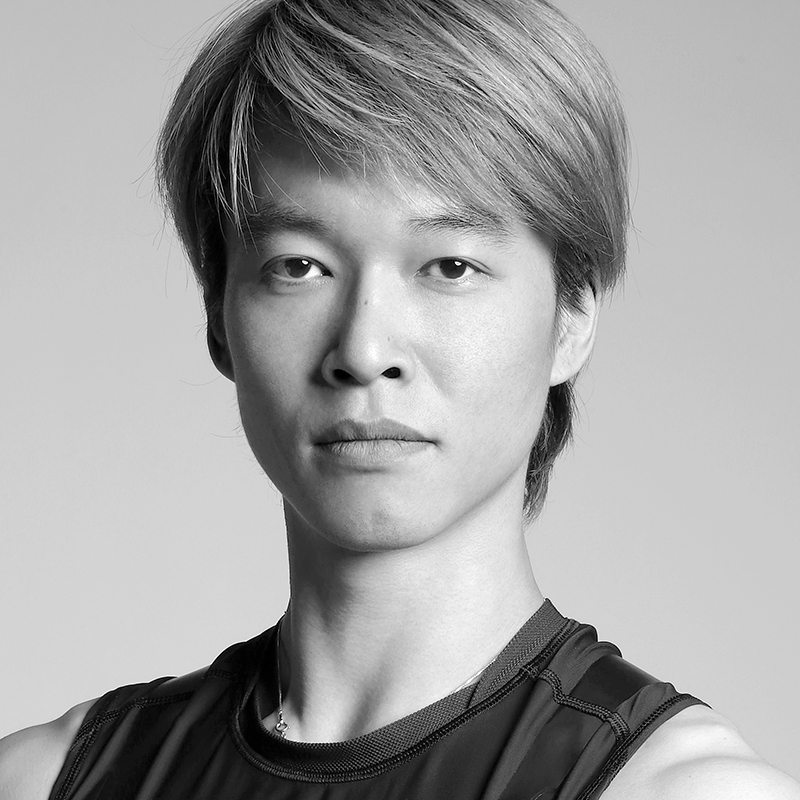
Keisuke Nasuno
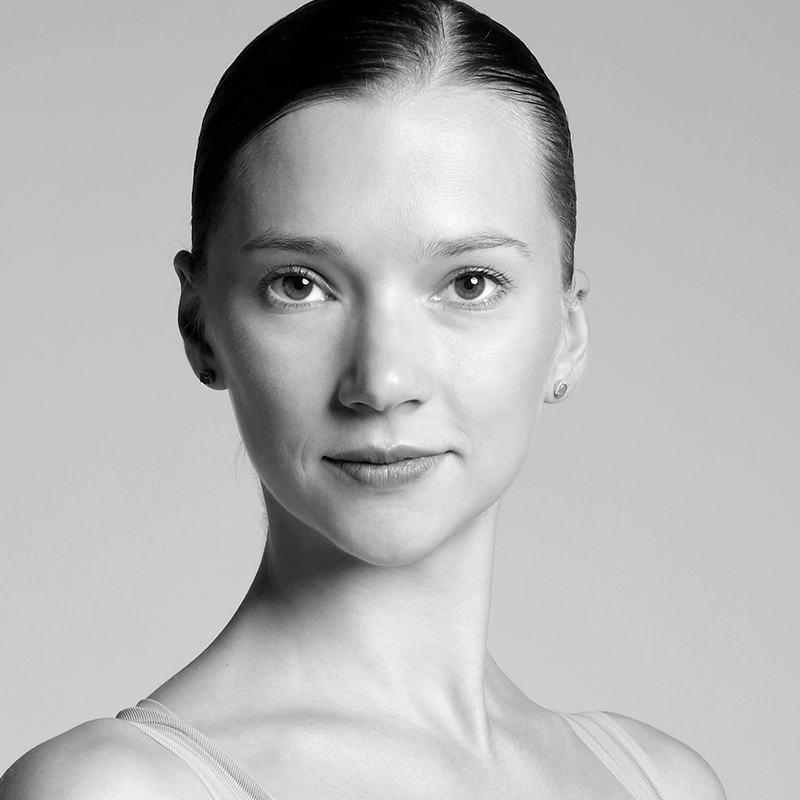
Kateryna Shalkina
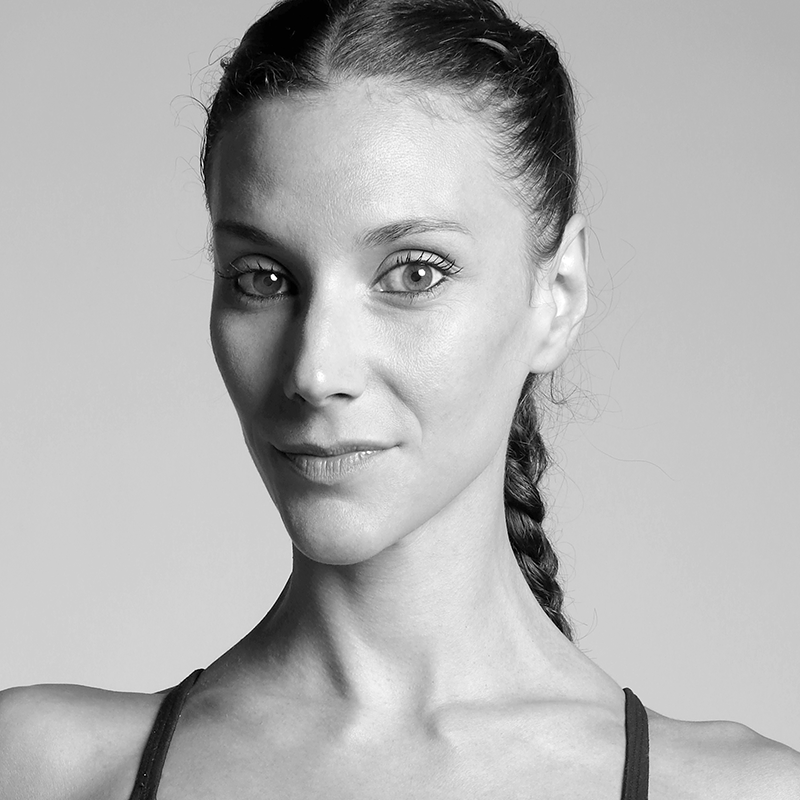
Lisa Cano
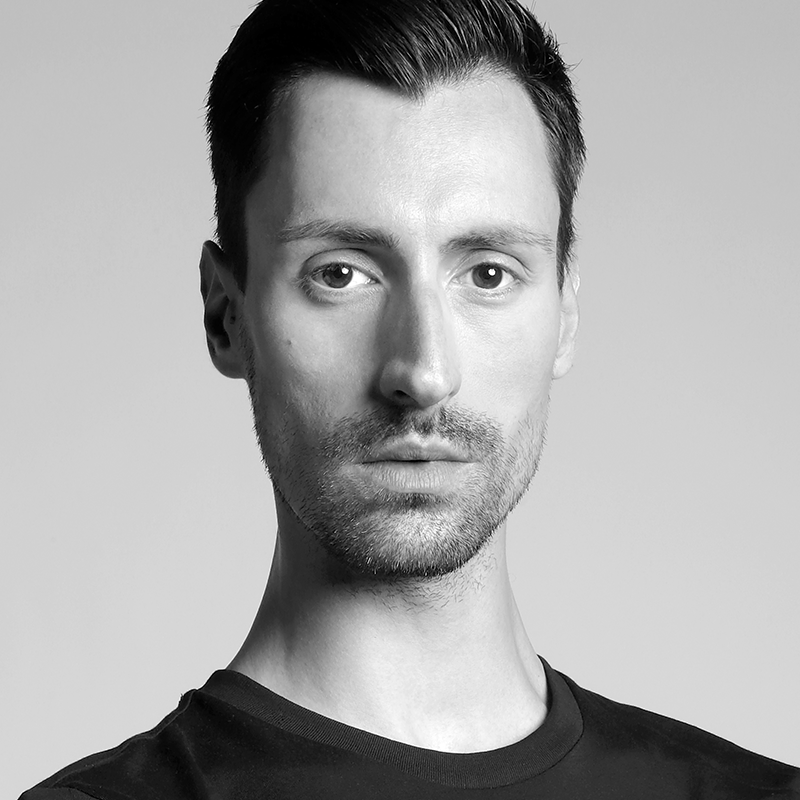
Gabriel Arenas Ruiz
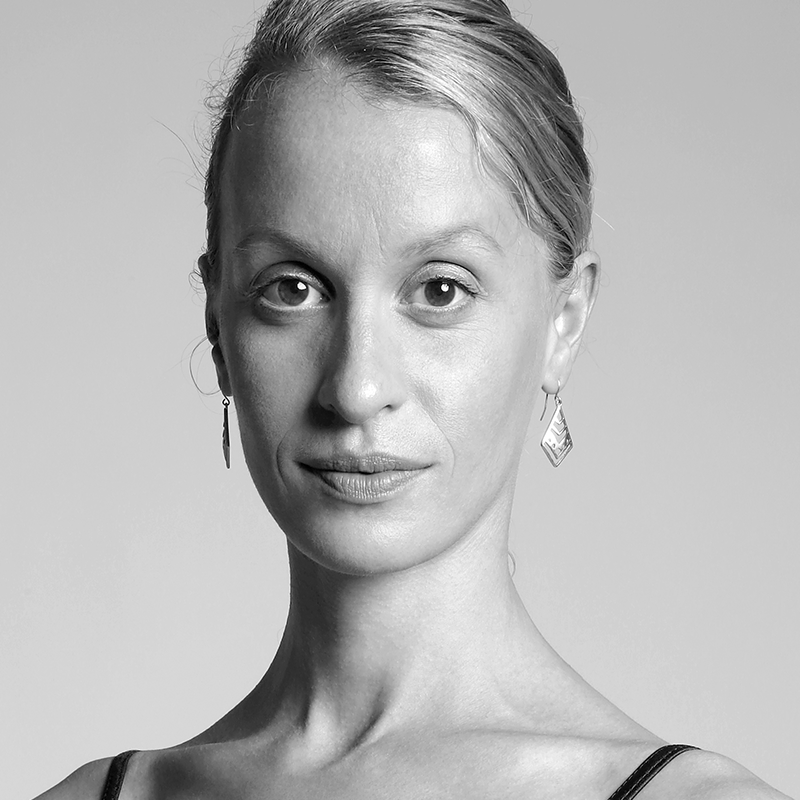
Kathleen Thielhelm
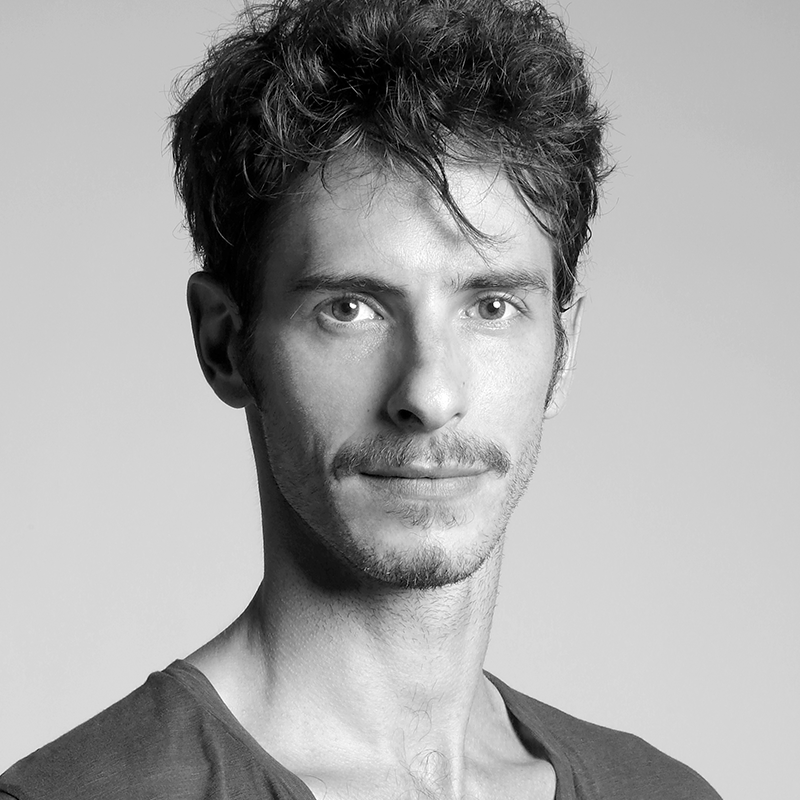
Fabrice Gallarrague
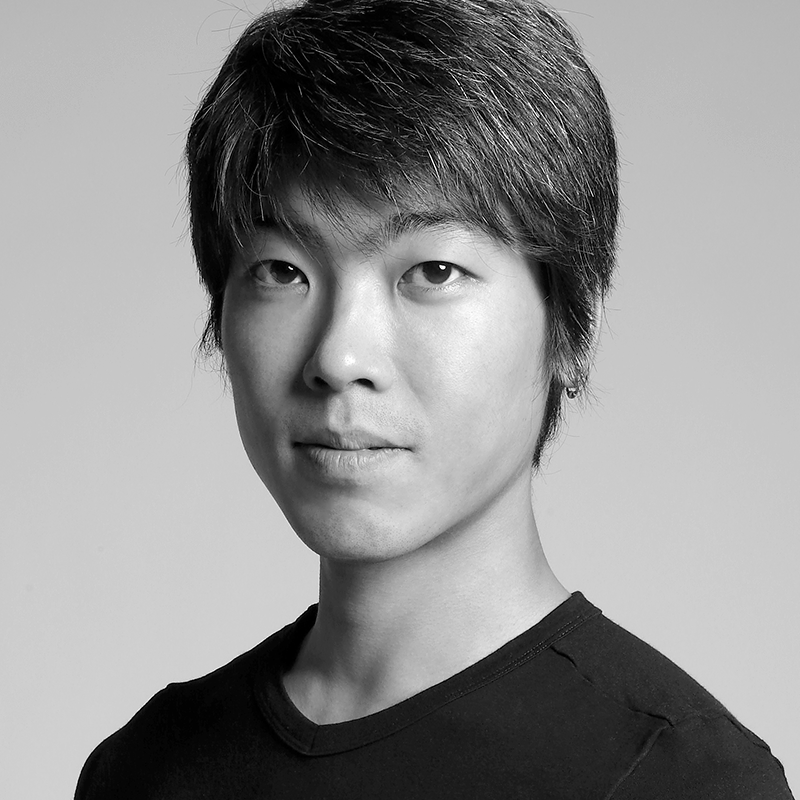
Masayoshi Onuki
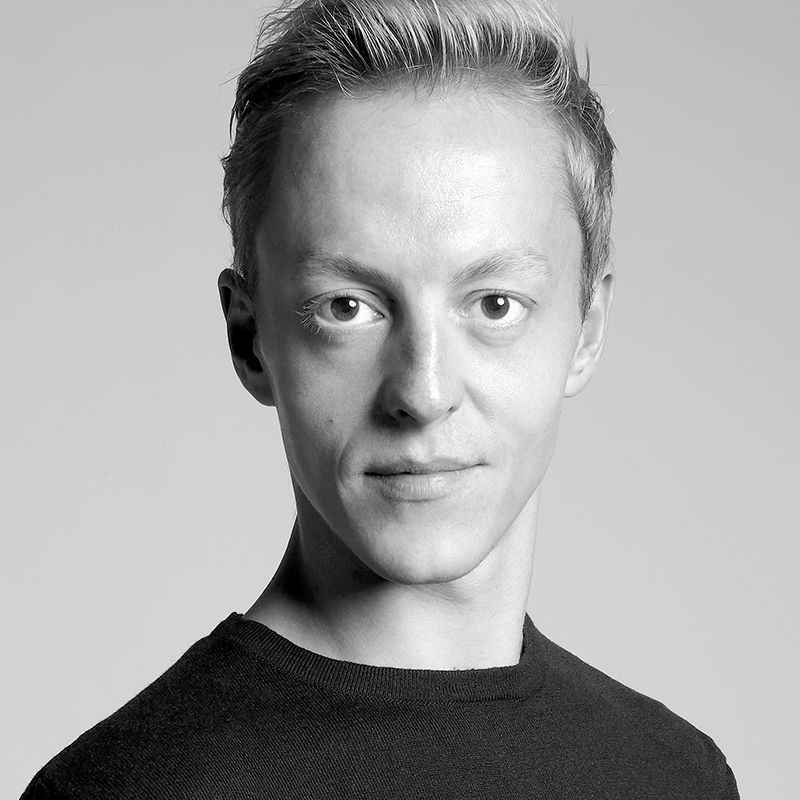
Lawrence Rigg
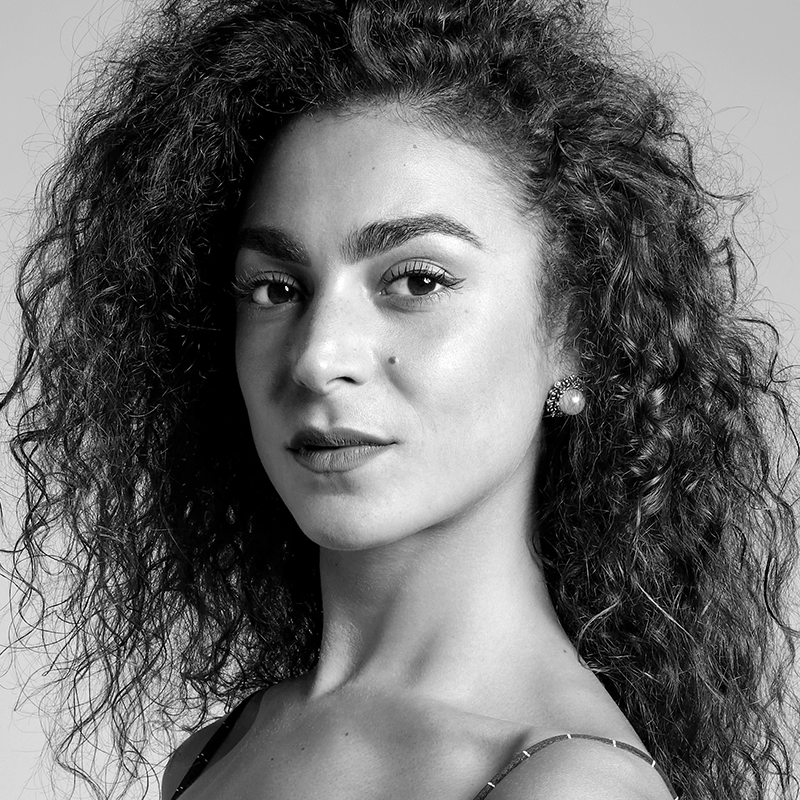
Jasmine Cammarota
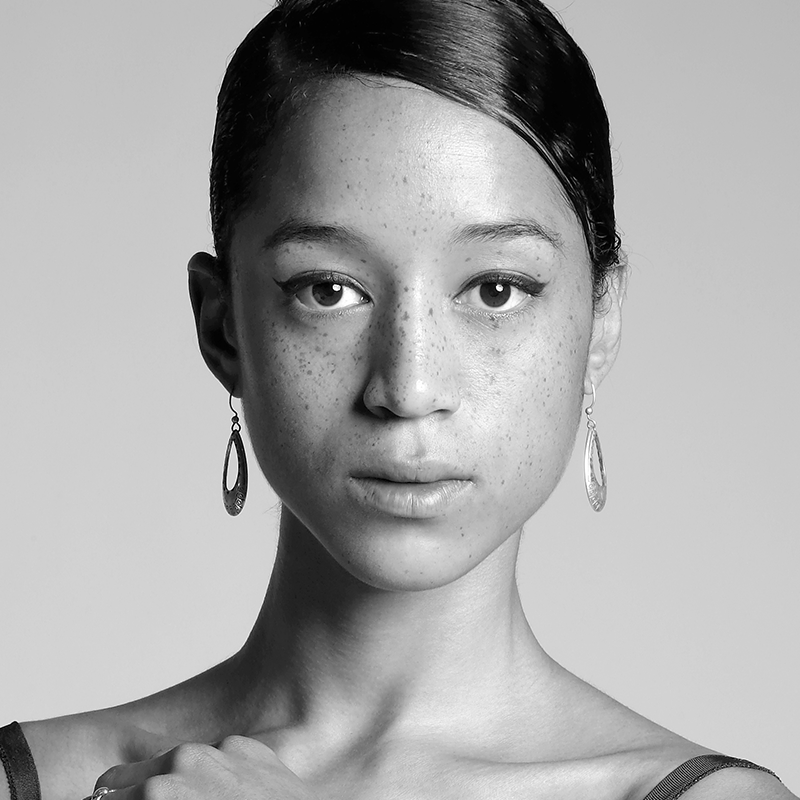
Alanna Archibald
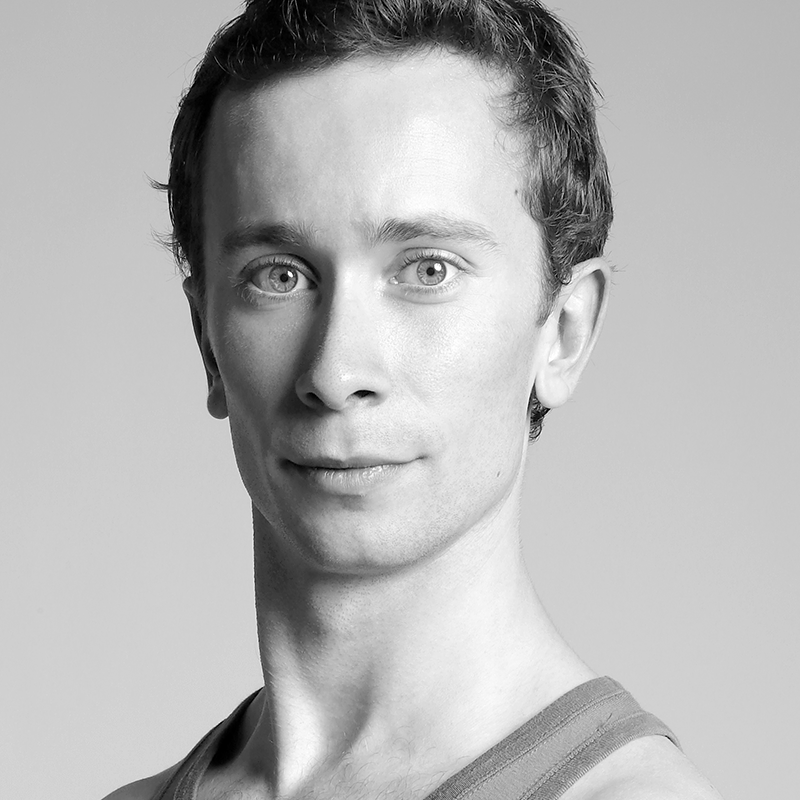
Kwinten Guilliams
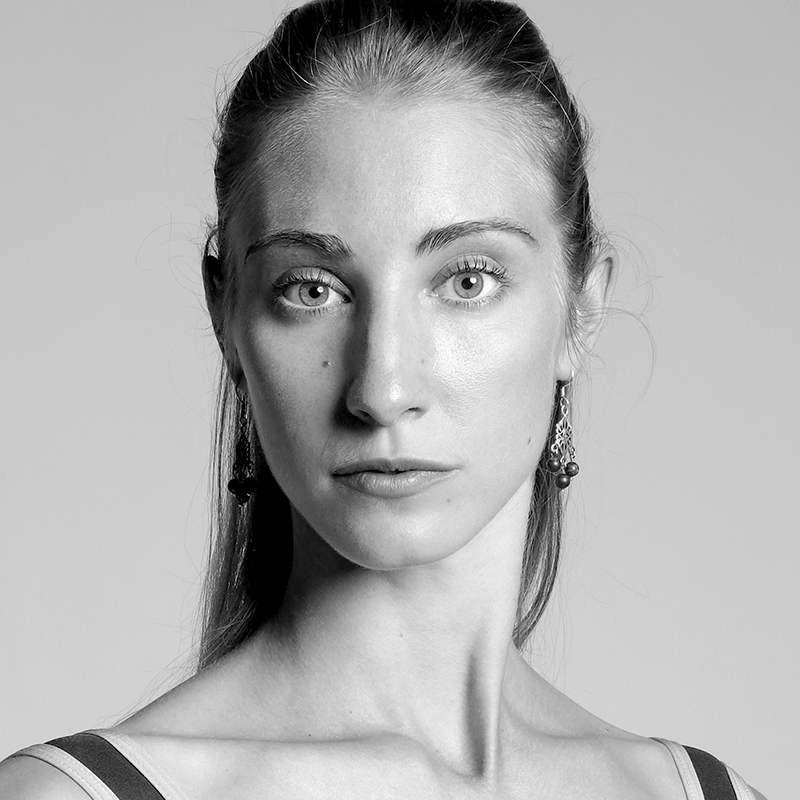
Carme Andres
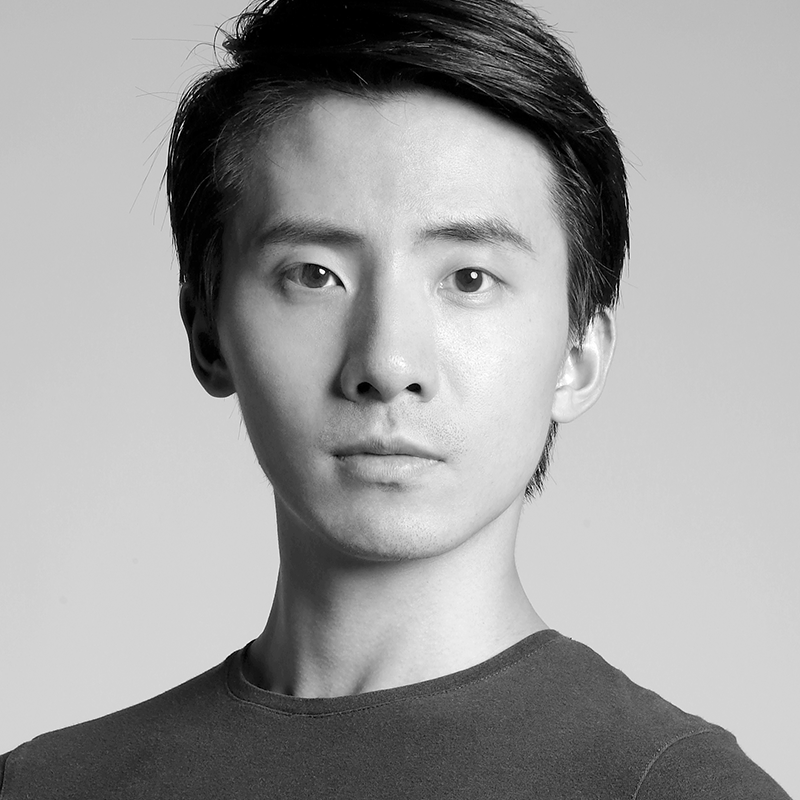
Jiayong Sun
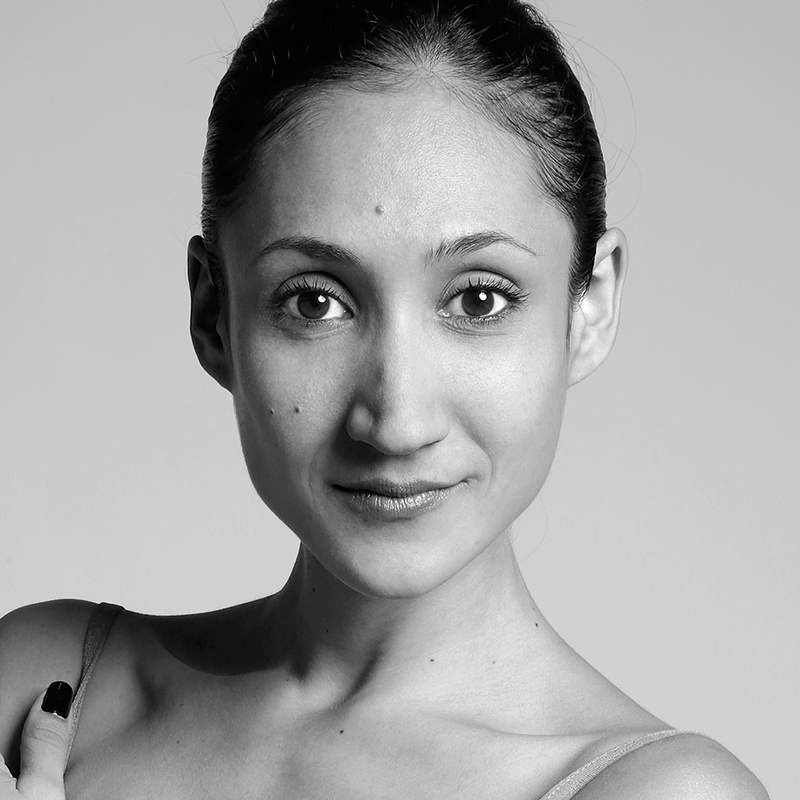
Aldriana
Vargas López
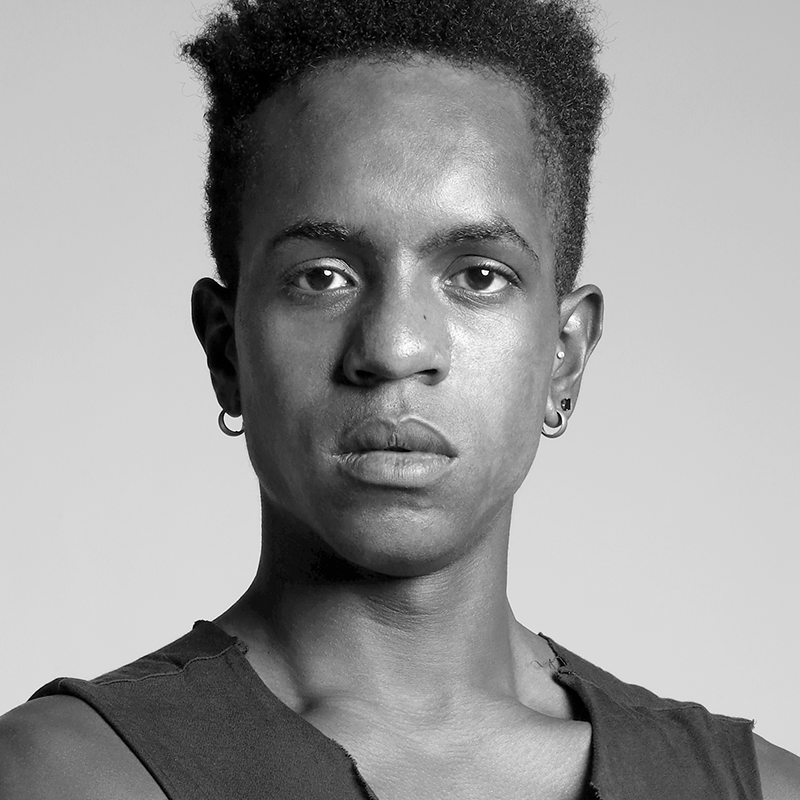
Denovane Victoire
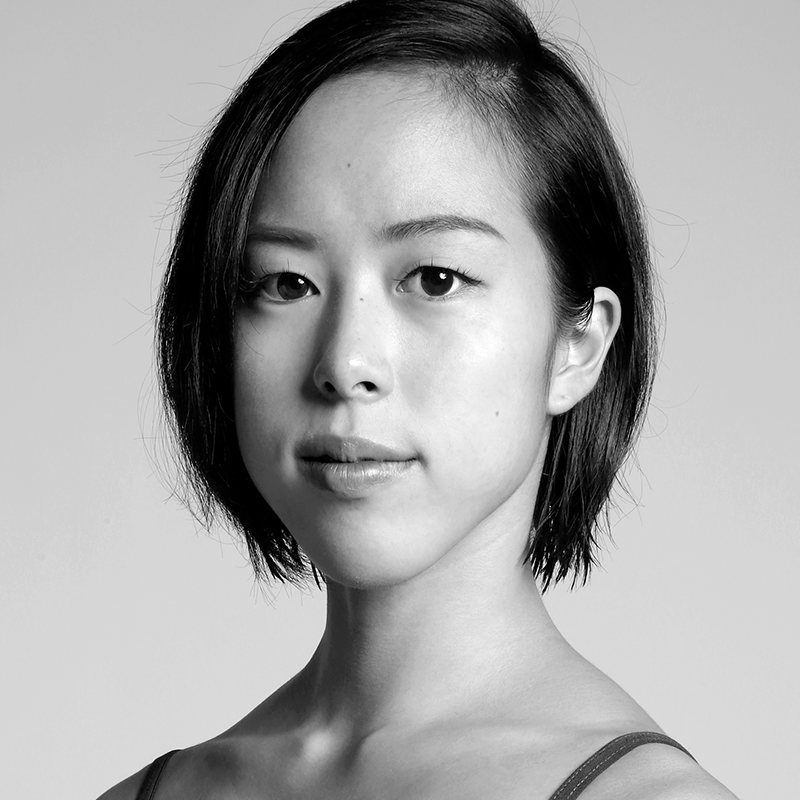
Mari Ohashi
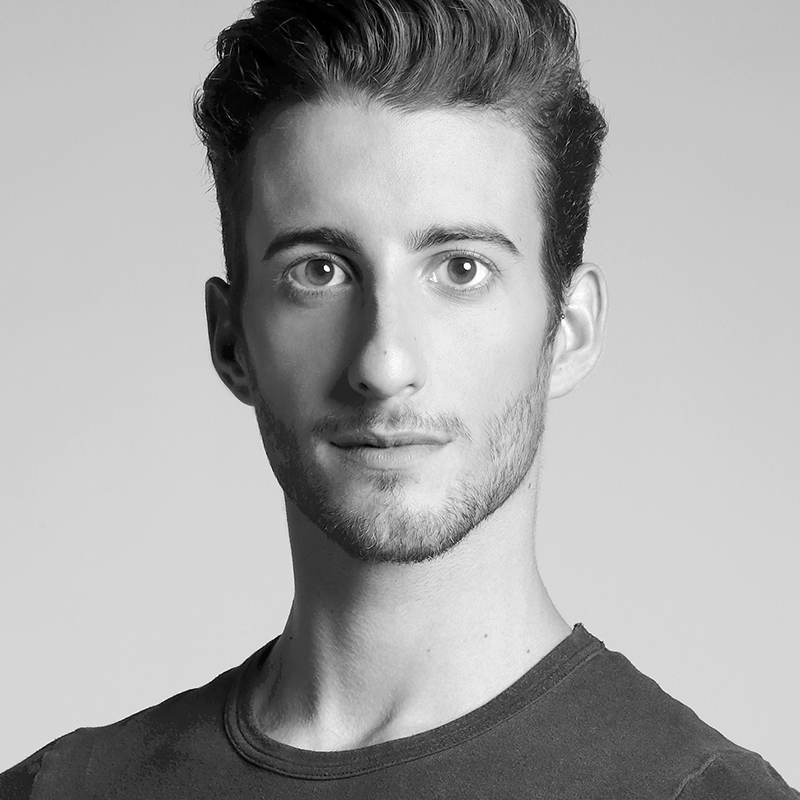
Javier Casado
Suárez
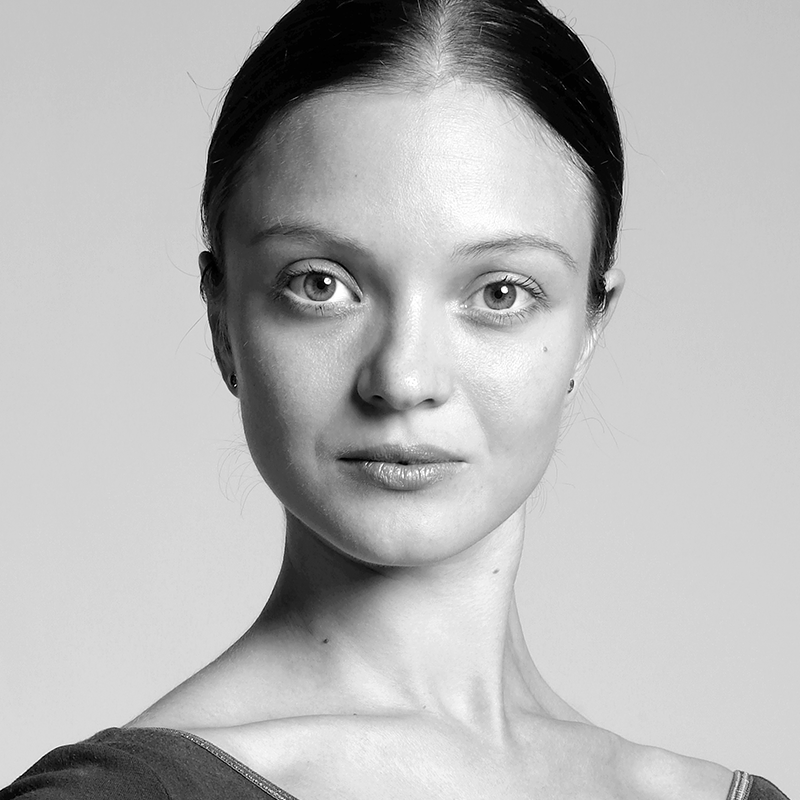
Oana Cojocaru
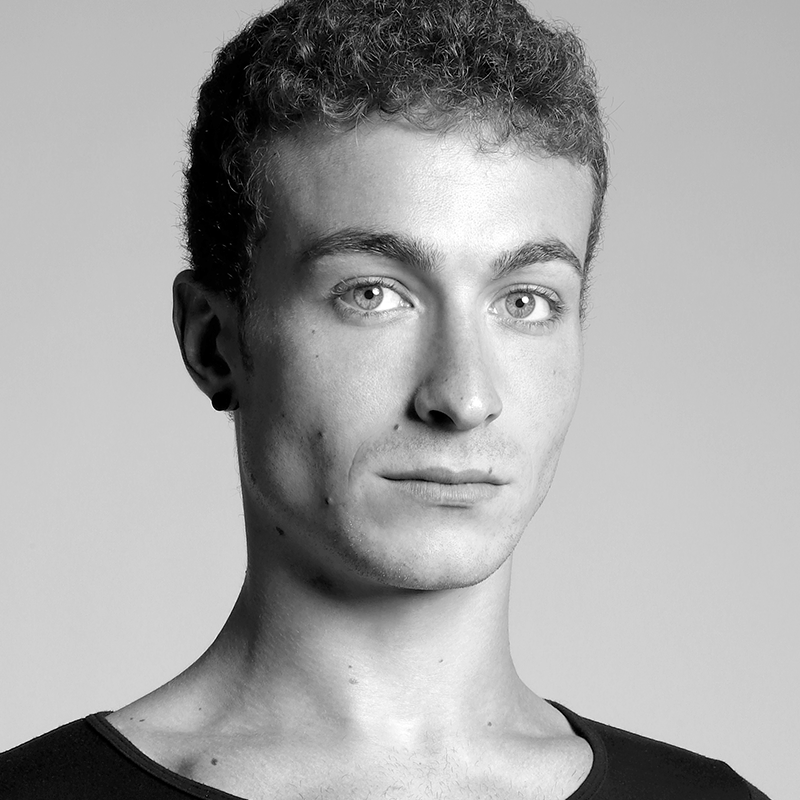
Mattia Galiotto
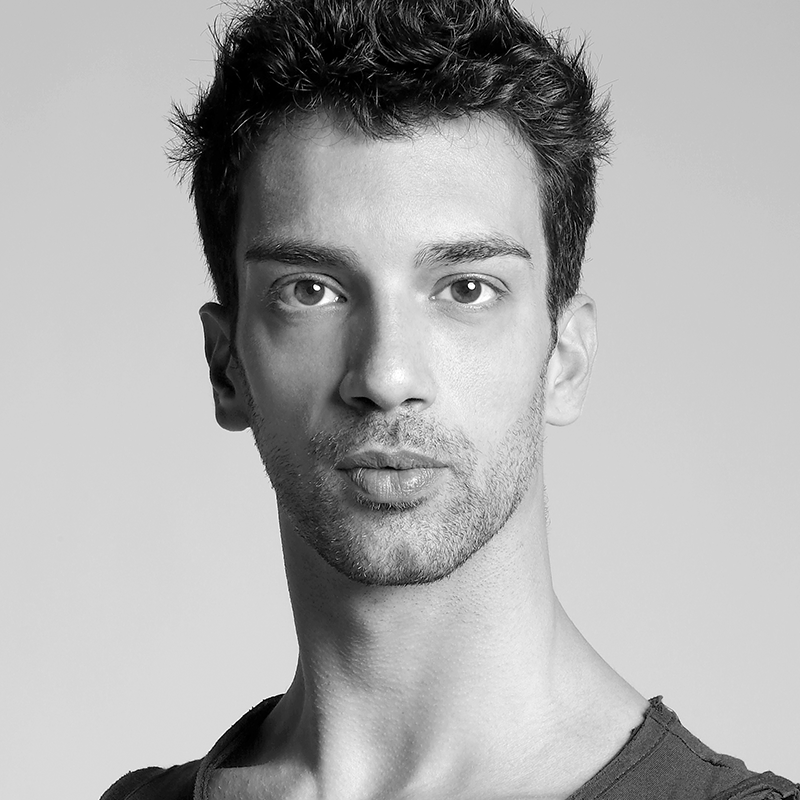
Vito Pansini
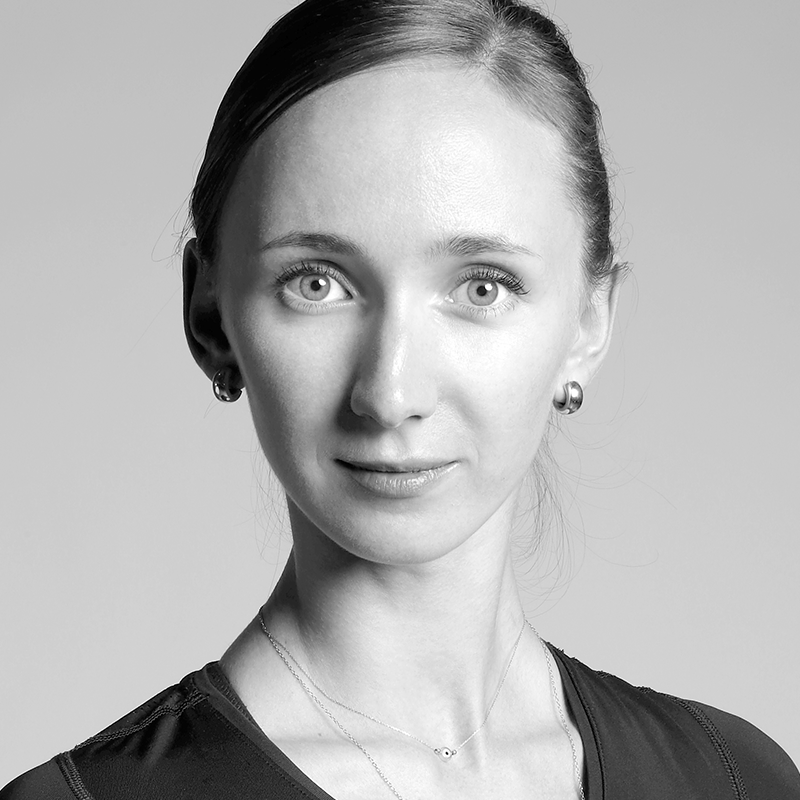
Svetlana Siplatova
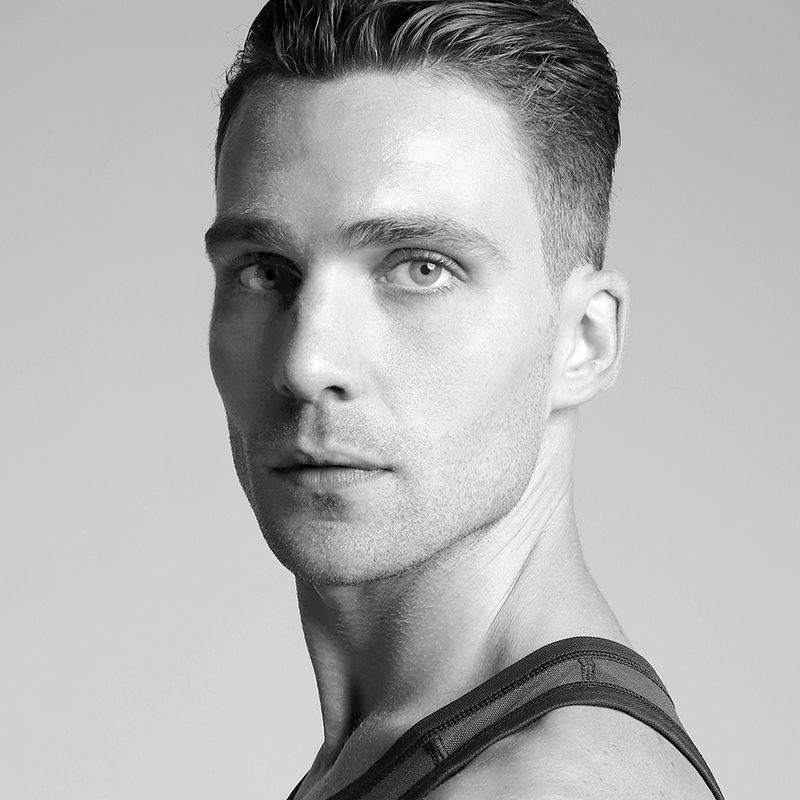
Angelo Perfido
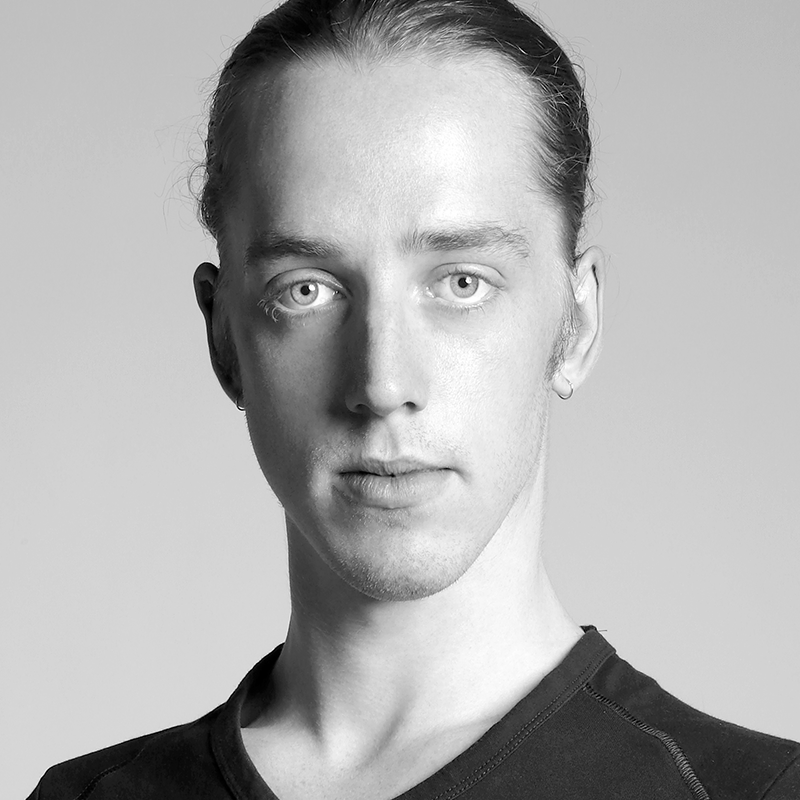
Connor Barlow
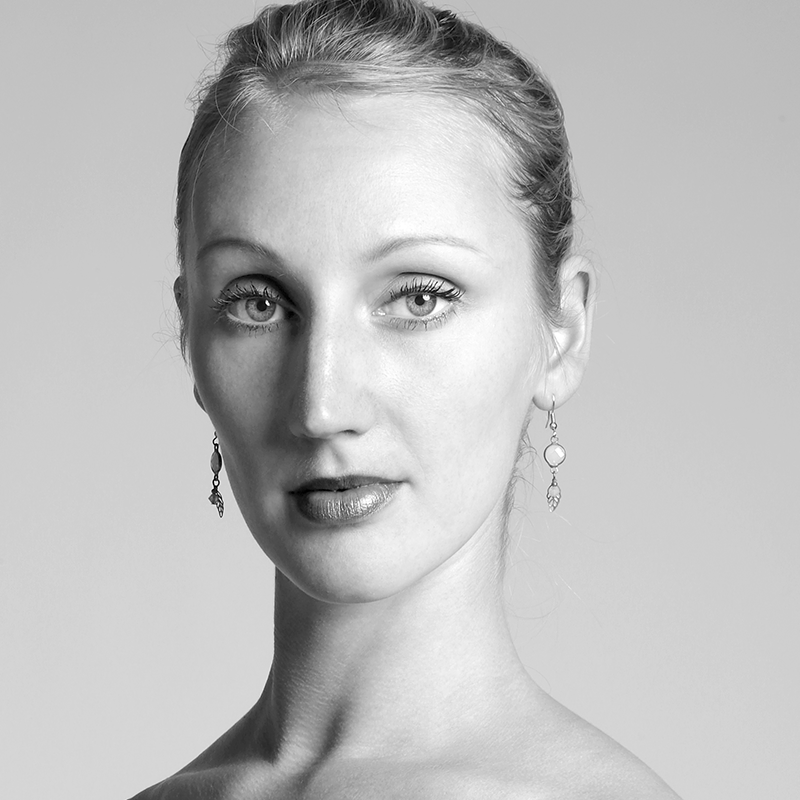
Valerija Frank
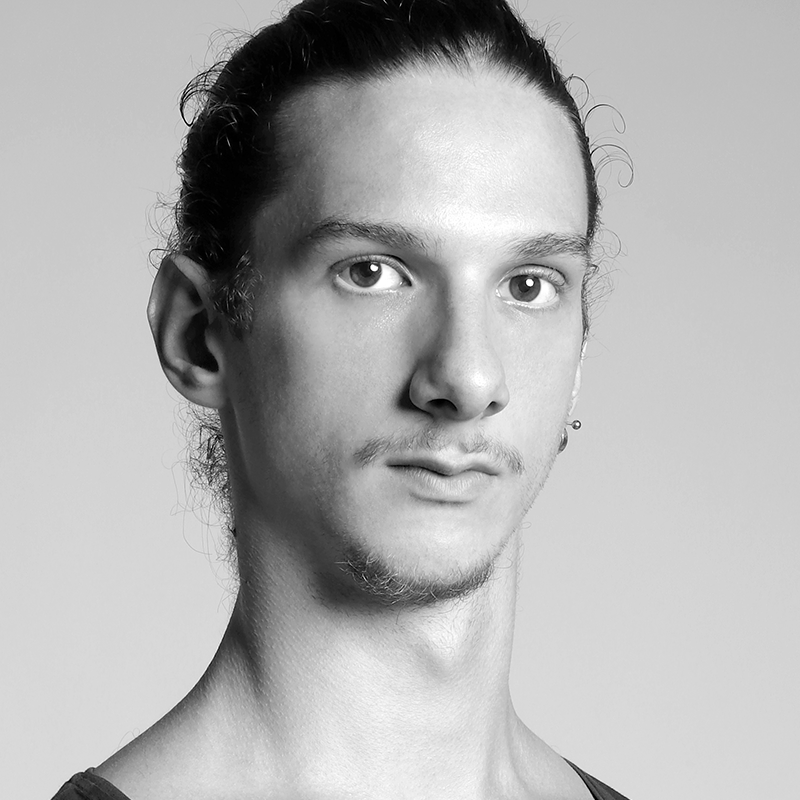
Federico Matetich
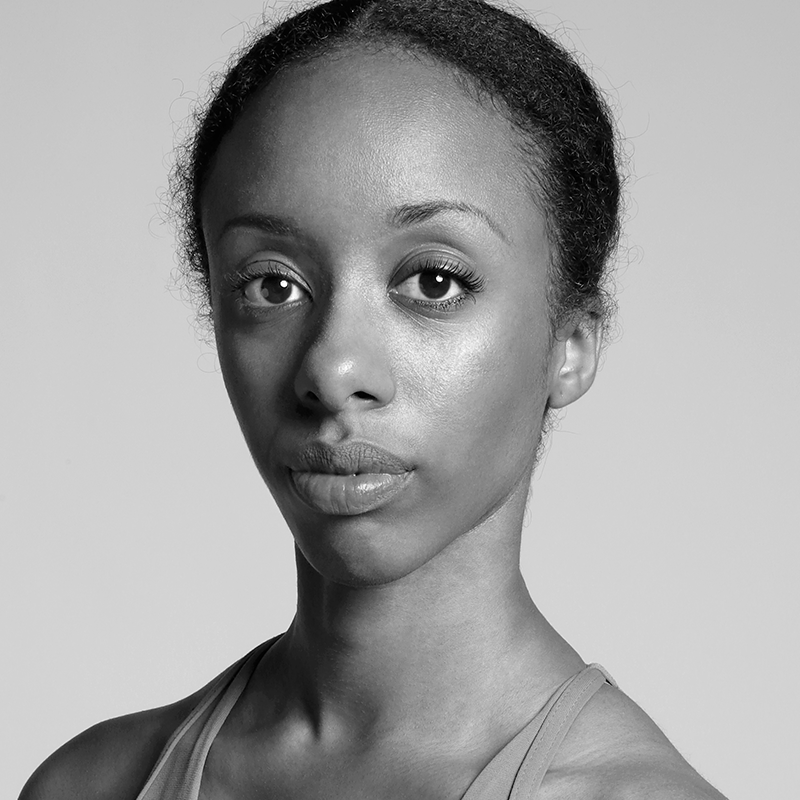
Chloé Lopes Gomes
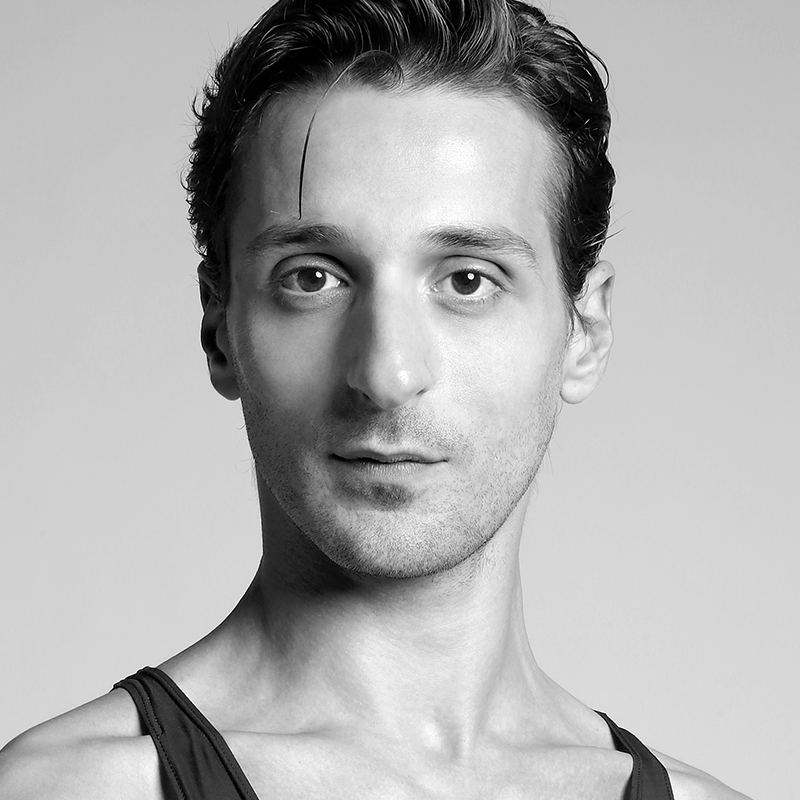
Michelangelo Chelucci
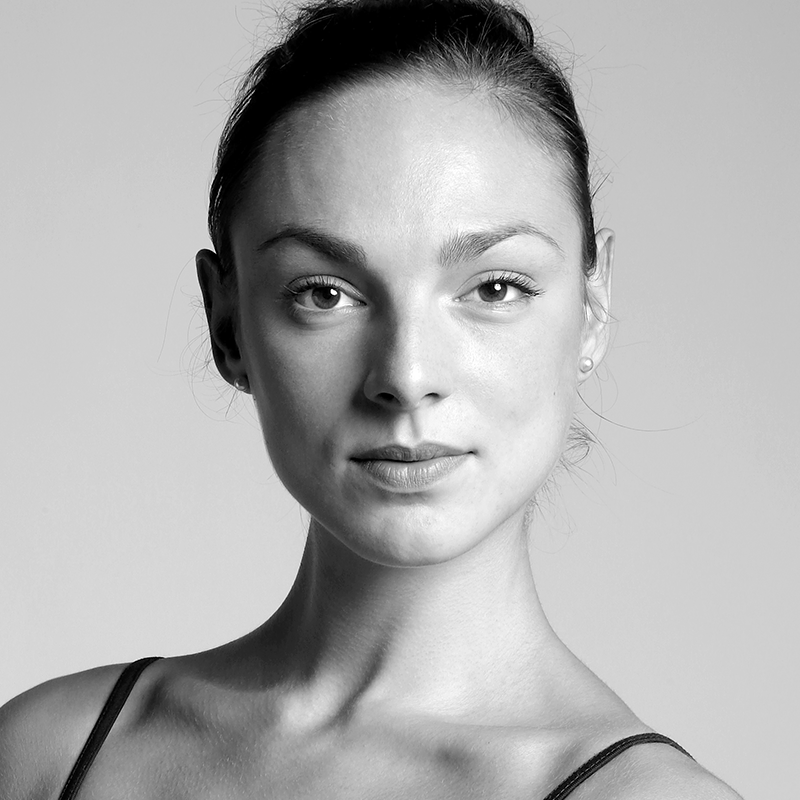
Clélia Mercier
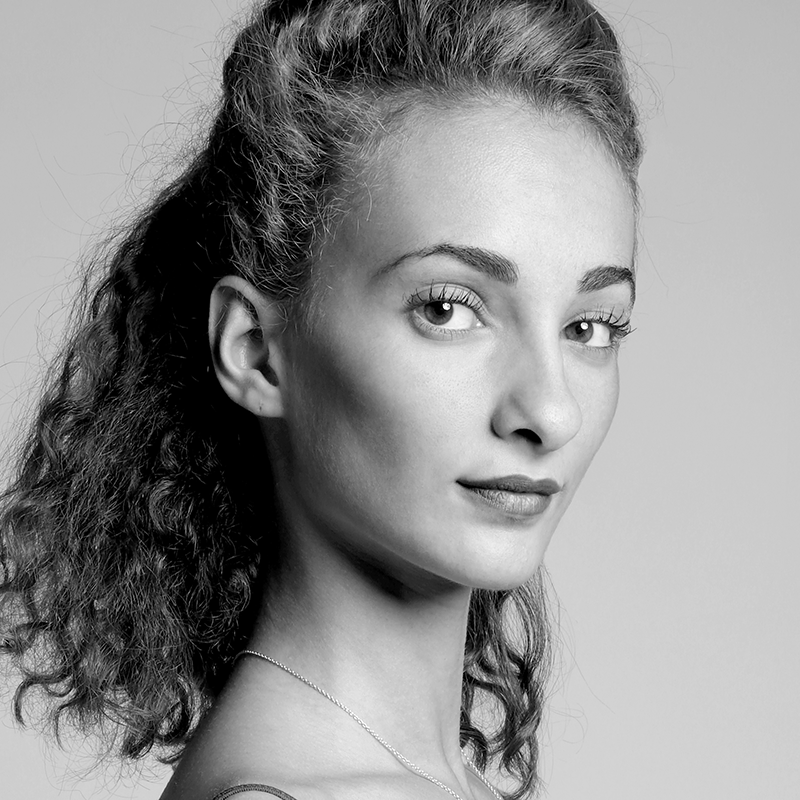
Chiara Posca

Portia Adams
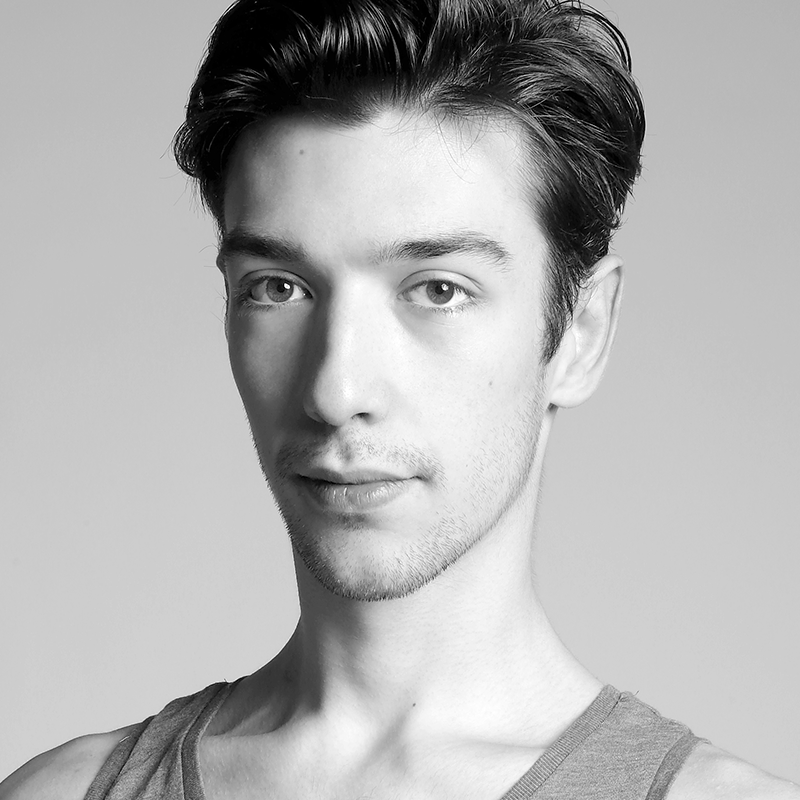
Dorian Browne
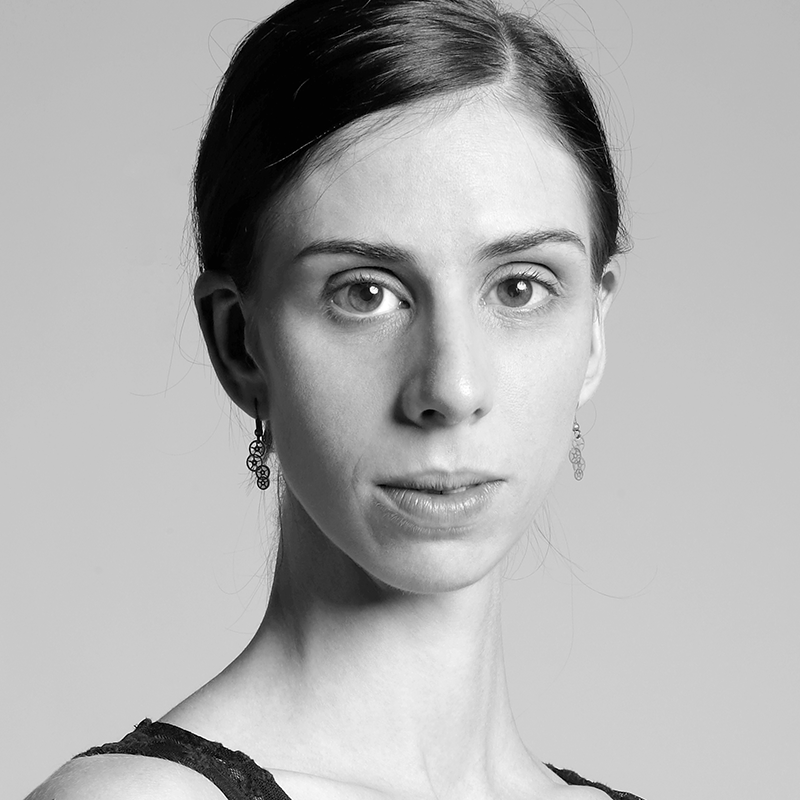
Solène Burel
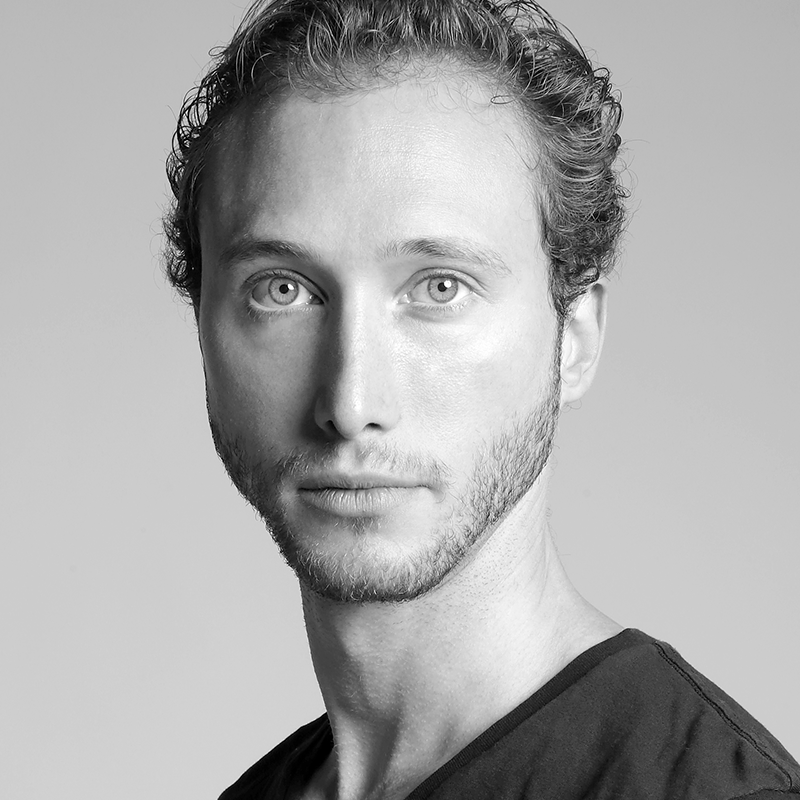
Daniel Goldsmith
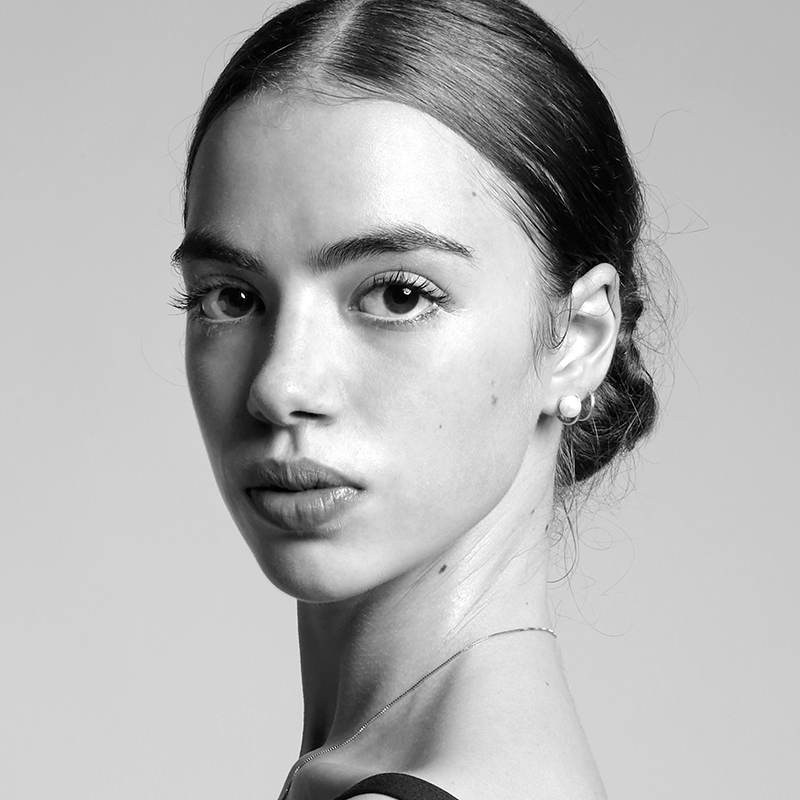
Benedetta Montefiore
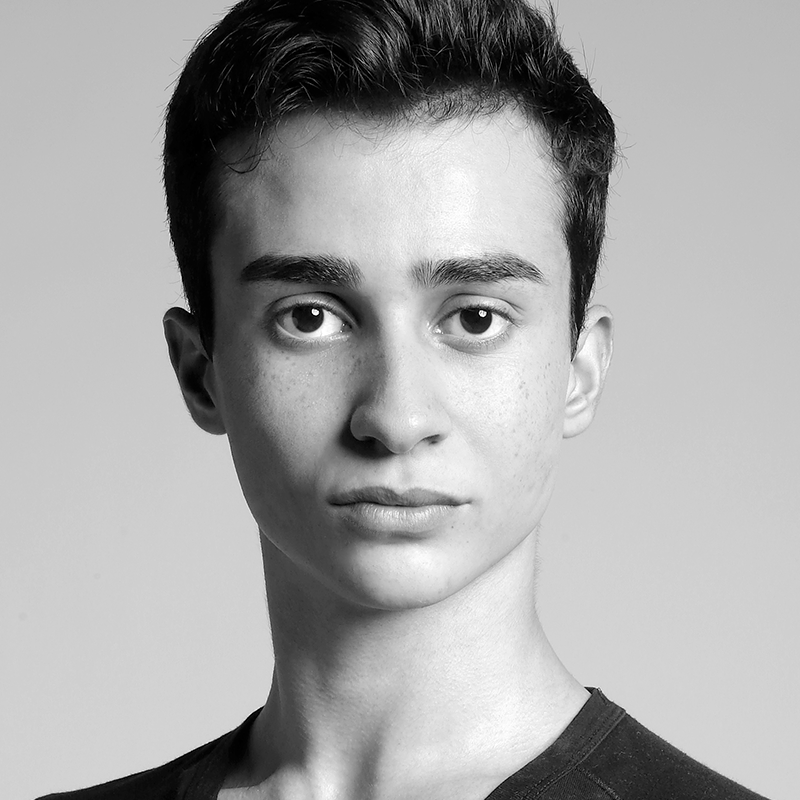
Wictor Hugo
Pedroso
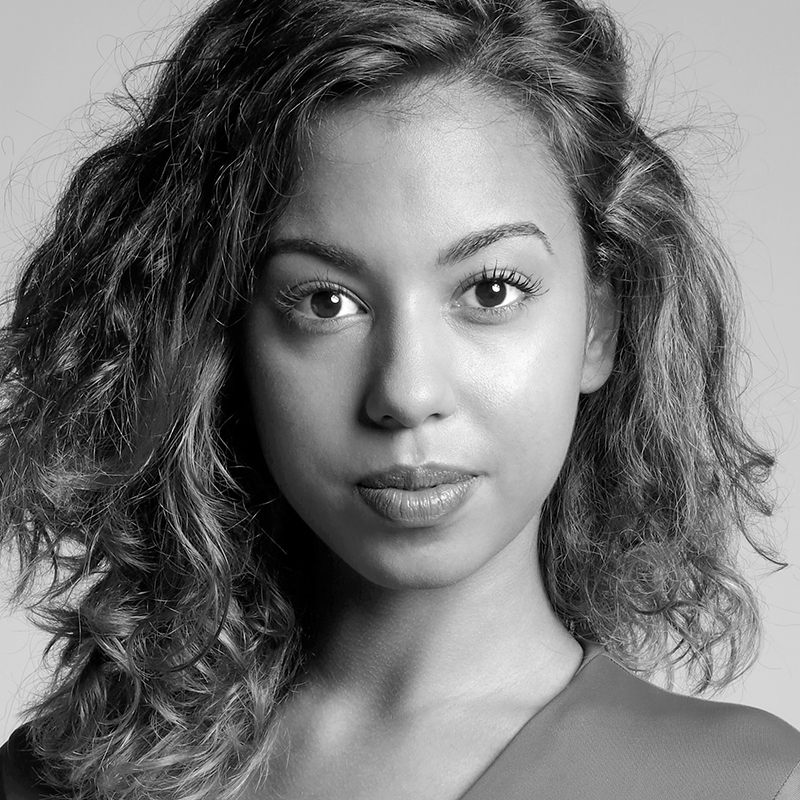
Haydée
Herrero Feria
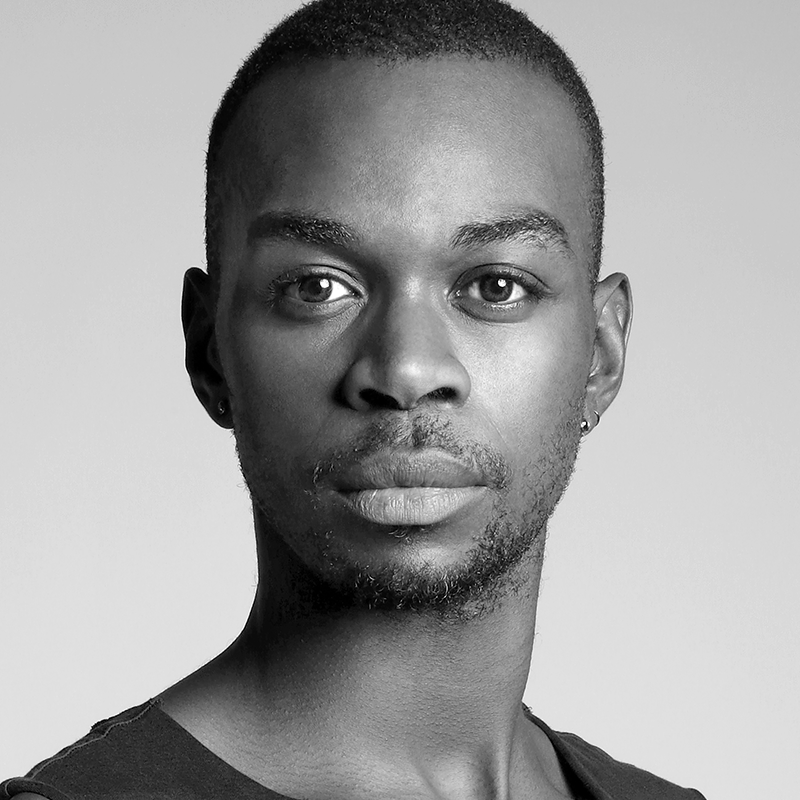
Jaym O'Esso
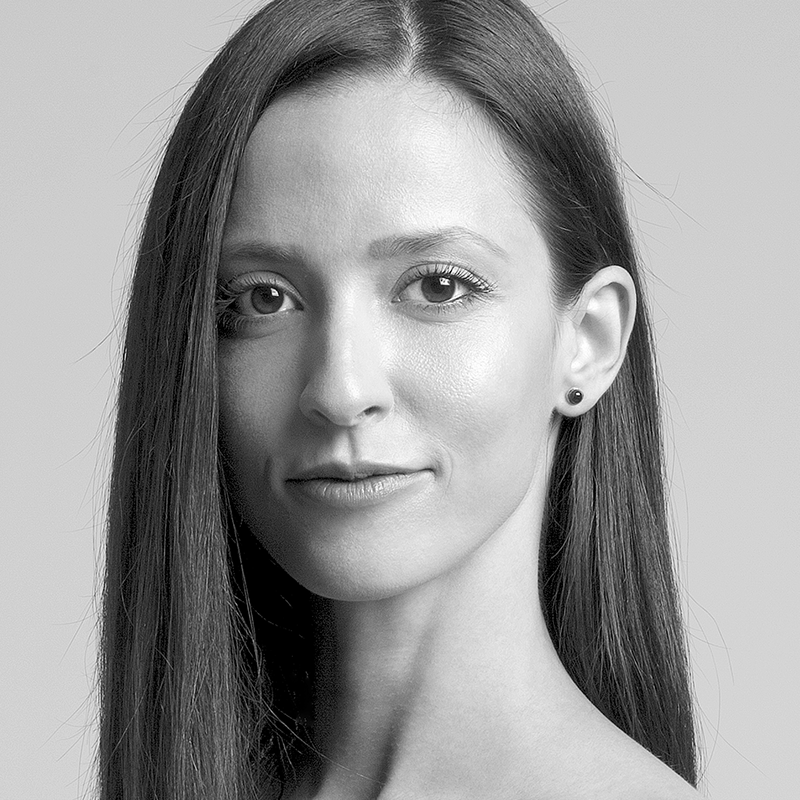
Bianca Stoicheciu
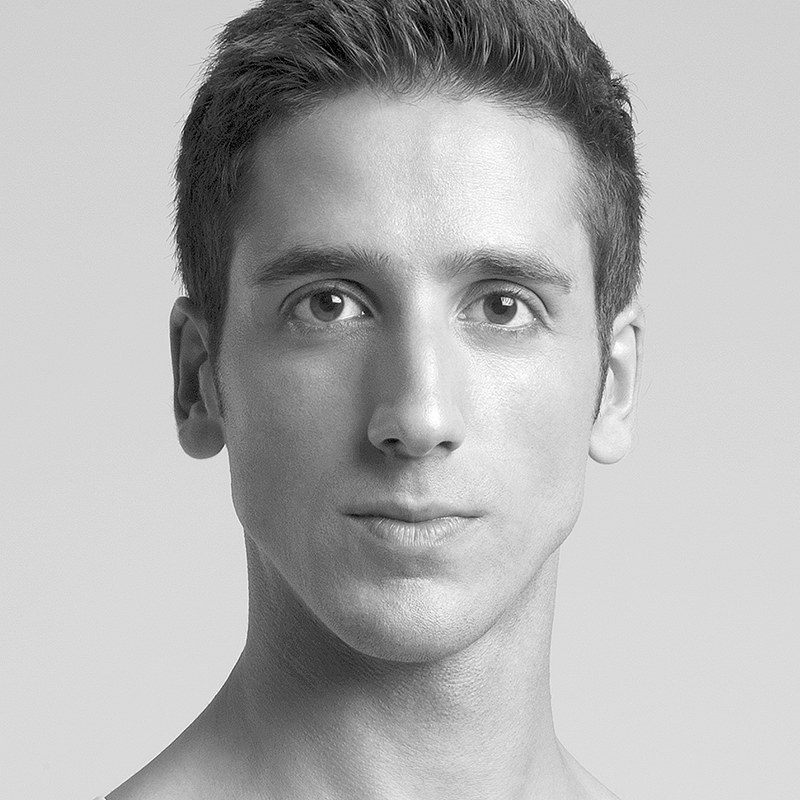
Demian Vargas
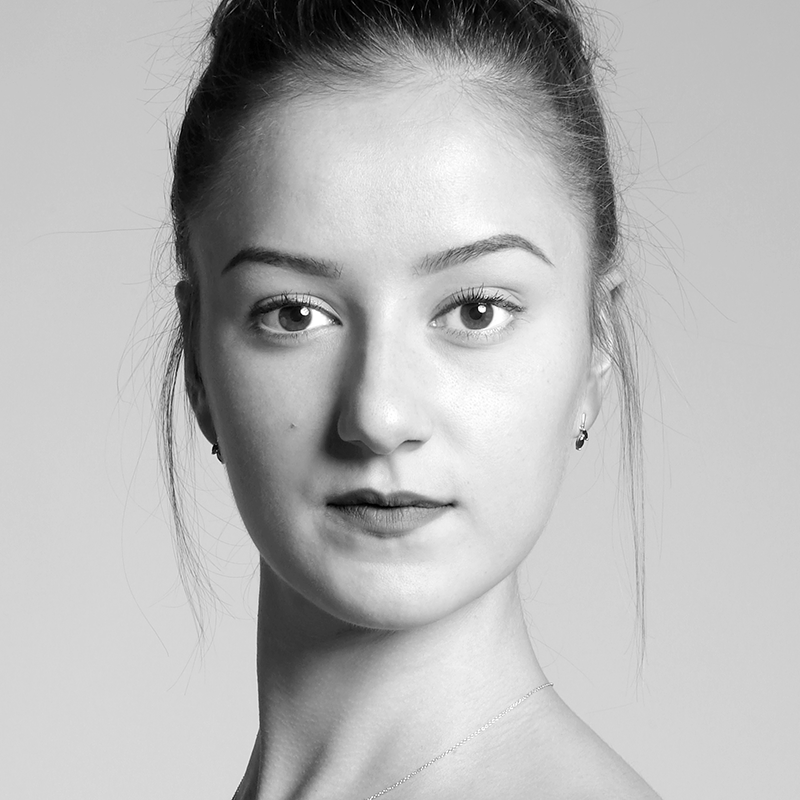
Floriane Bigeon
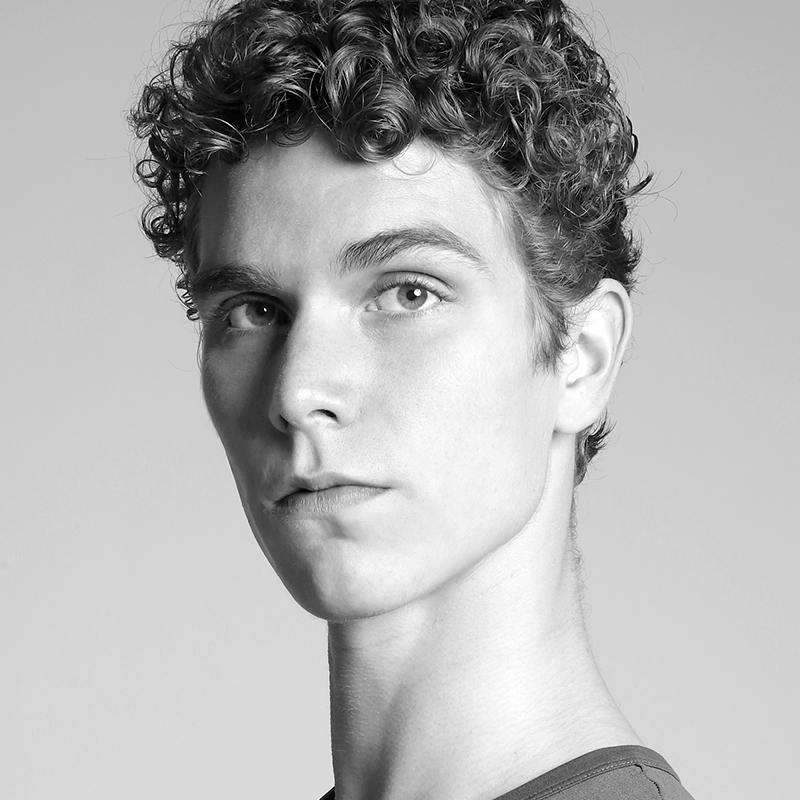
Antoine Le Moal
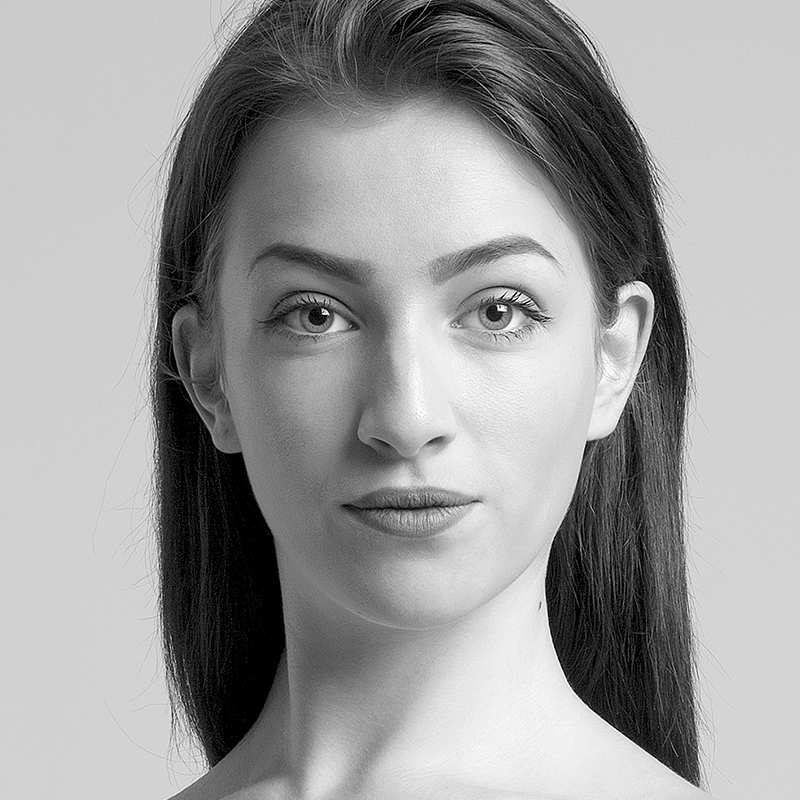
Clara Boitet
Photos:BBL - Jennifer Santschy
*As of 17 October 2017. Casting is subject to change.
2017年7月 2日
Performance Dates & Tickets
Performance Dates
Program A
The Magic Flute
Fri. 17 November 2017, 18:30
Sat. 18 November 2017, 14:00
Sun. 19 November 2017, 14:00
Program B
Boléro, Piaf, Anima blues, Kyôdaï
Sat. 25 November 2017, 13:30
Sat. 25 November 2017, 18:00
Sun. 26 November 2017, 14:00
Venue
Tokyo Bunka Kaikan (Ueno)
Tickets (tax included)
| Category | |
| S | \17,000 |
| A | \15,000 |
| B | \13,000 |
| C | \10,000 |
| D | \8,000 |
| E | \6,000 |
●Below discount tickets are also available at NBS Ticket Center.
- Discount for two persons (Category S, A, B): Discount by \1,000 for two tickets.
- Discount for two different programs: Discount by \2,000 for two programs (A & B).
- Parent and child (Category S, A, B): Half-price tickets for children 6 to 18 years old of senior high school.
- Students: \2,000/student 10 to 25 years old.
●Children under 6 years old are not allowed to enter.
 Ticket Sale Dates
Ticket Sale Dates
All tickets go on sale on Saturday 5 August 2017 at 10:00a.m. Book now
Presales at "NBS WEB ticket" (Category S-D)
Tue. 18 July 2017 at 21:00--Tue. 25 July 2017 at 18:00
For more information, please contact us at 03-3791-8888(phone) or english@nbs.or.jp